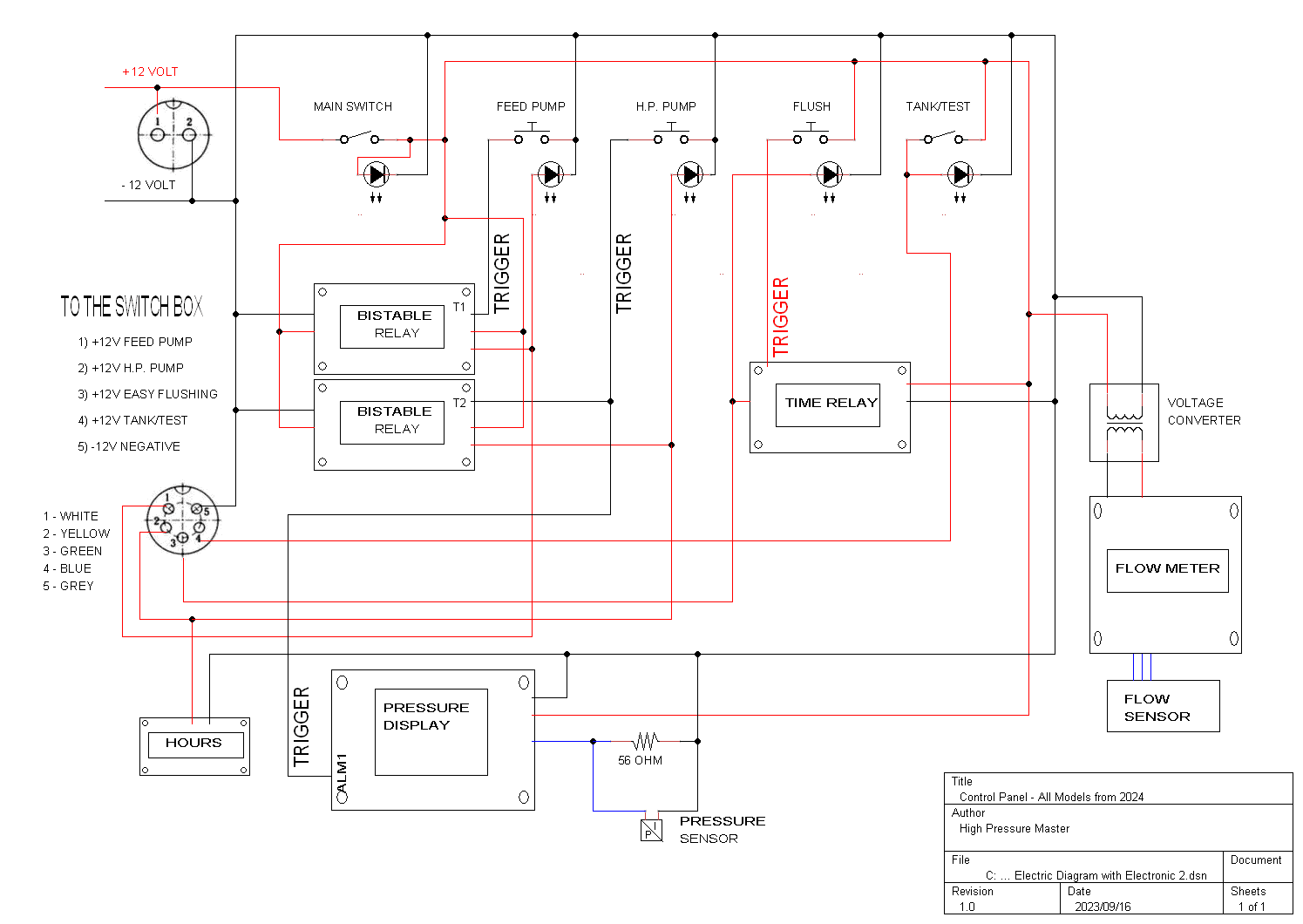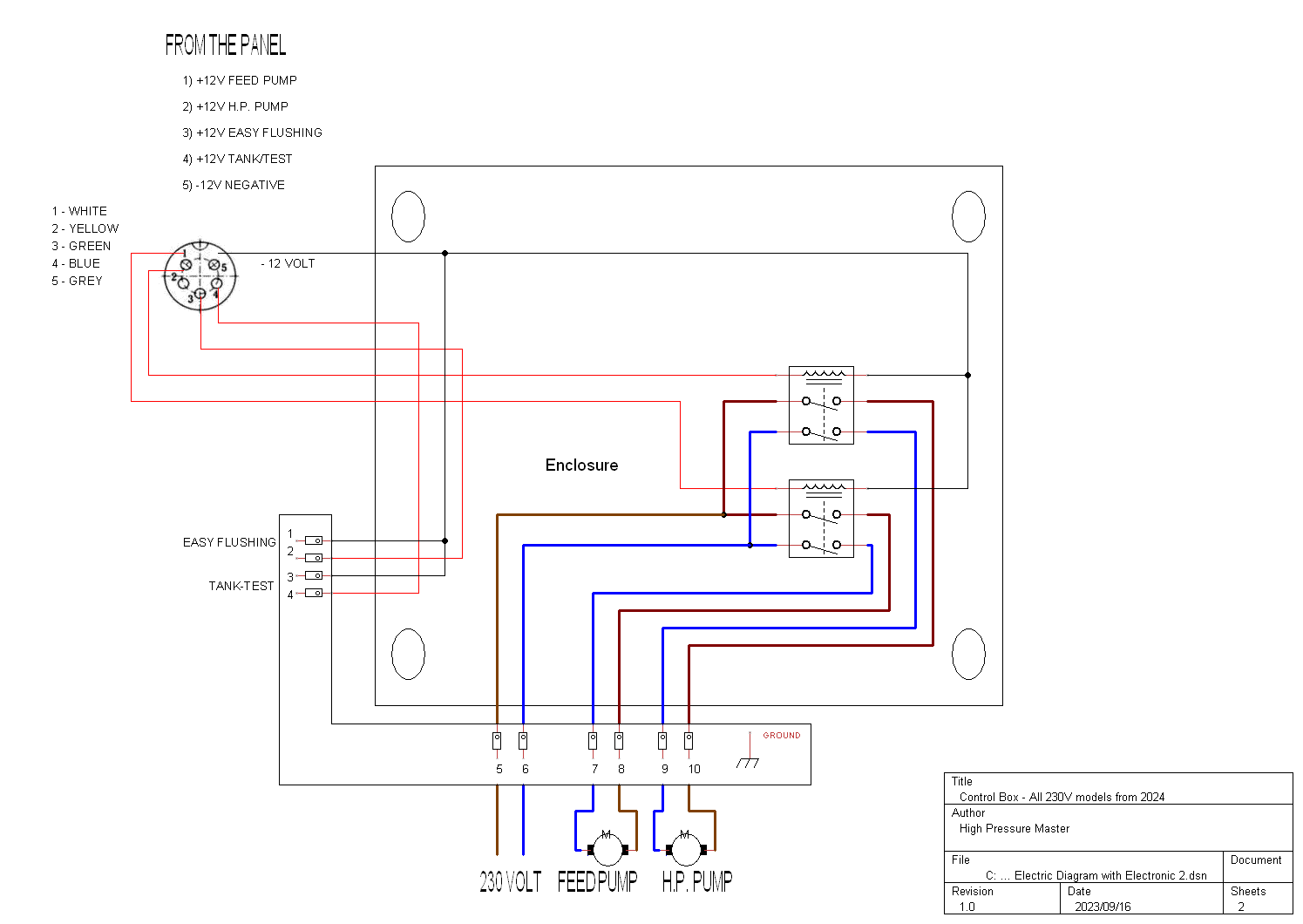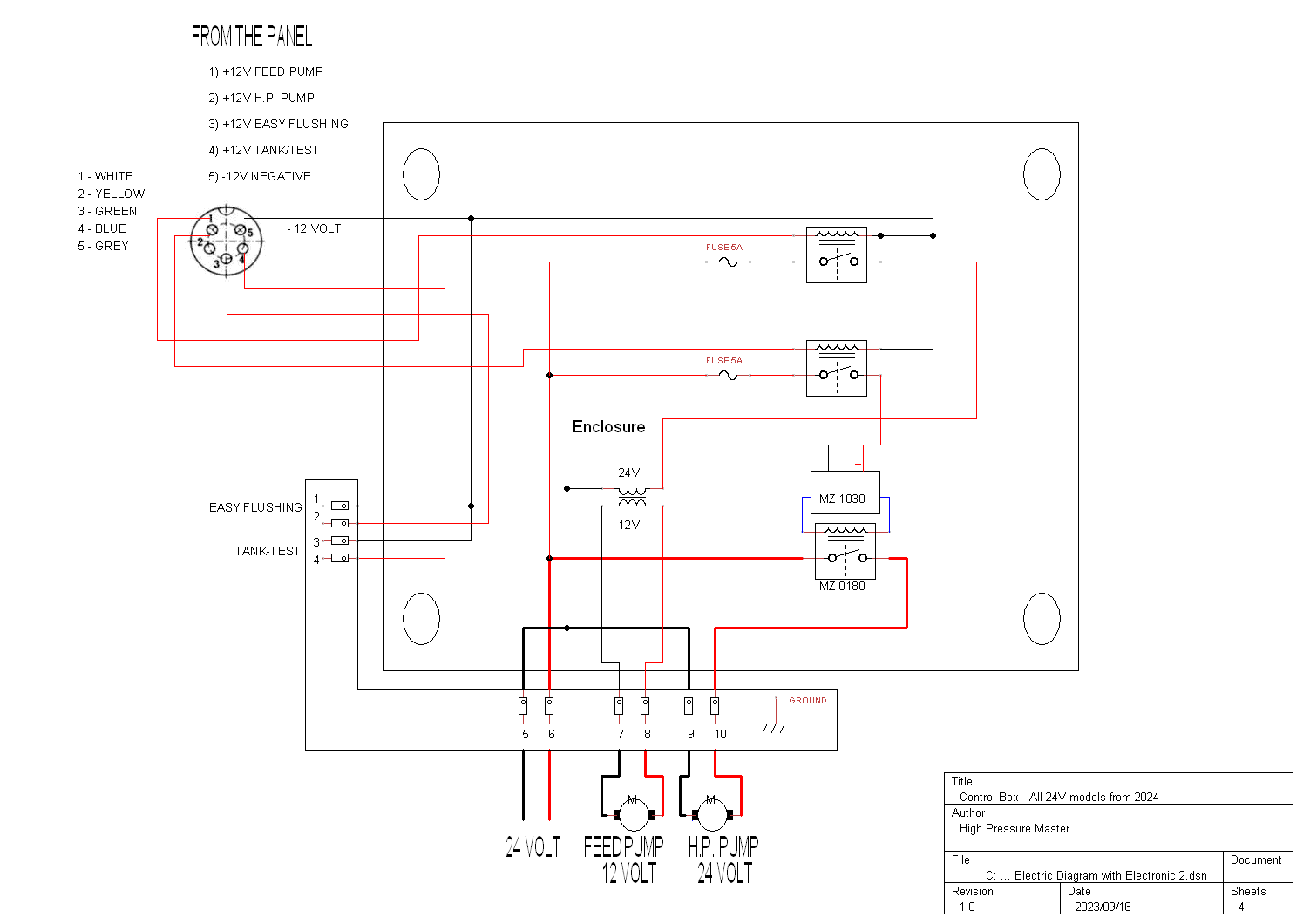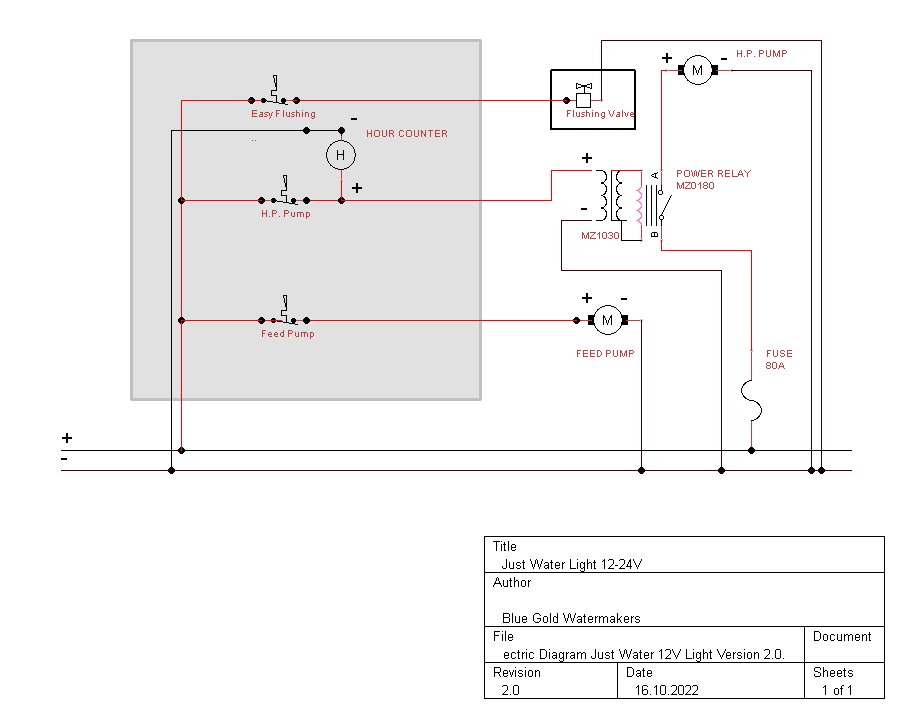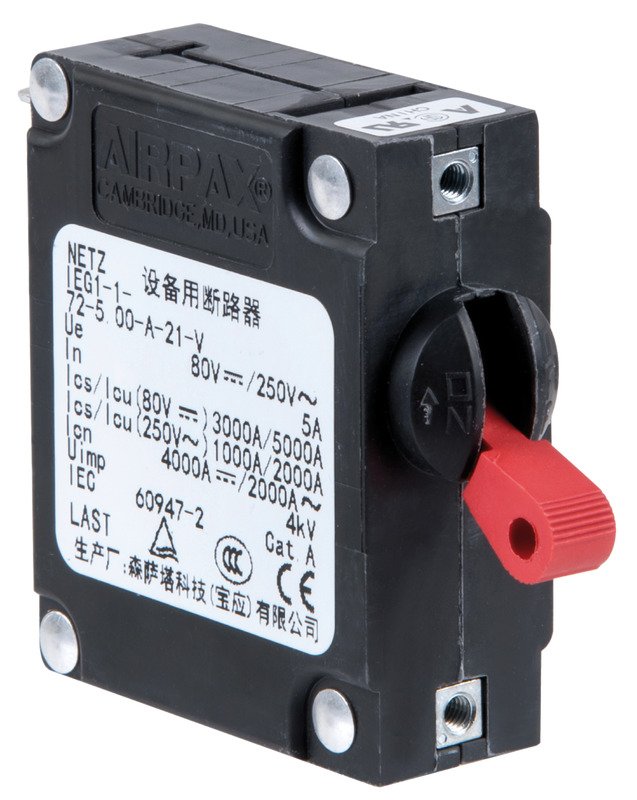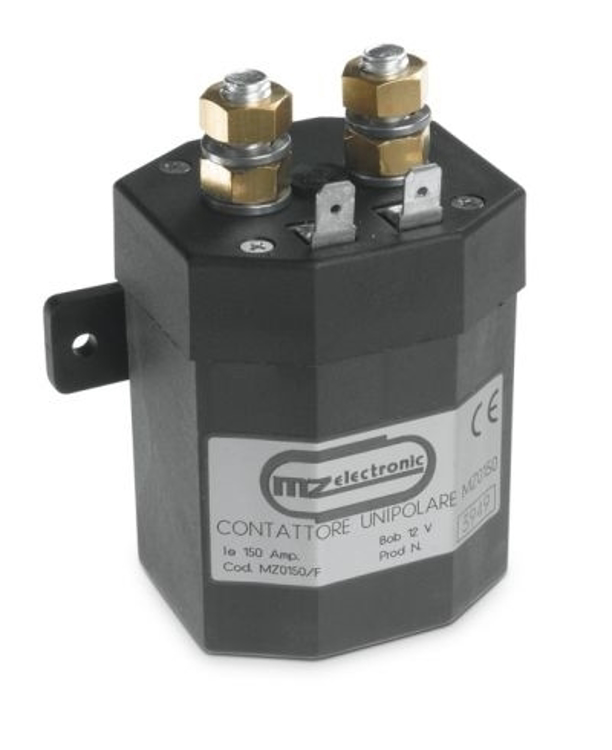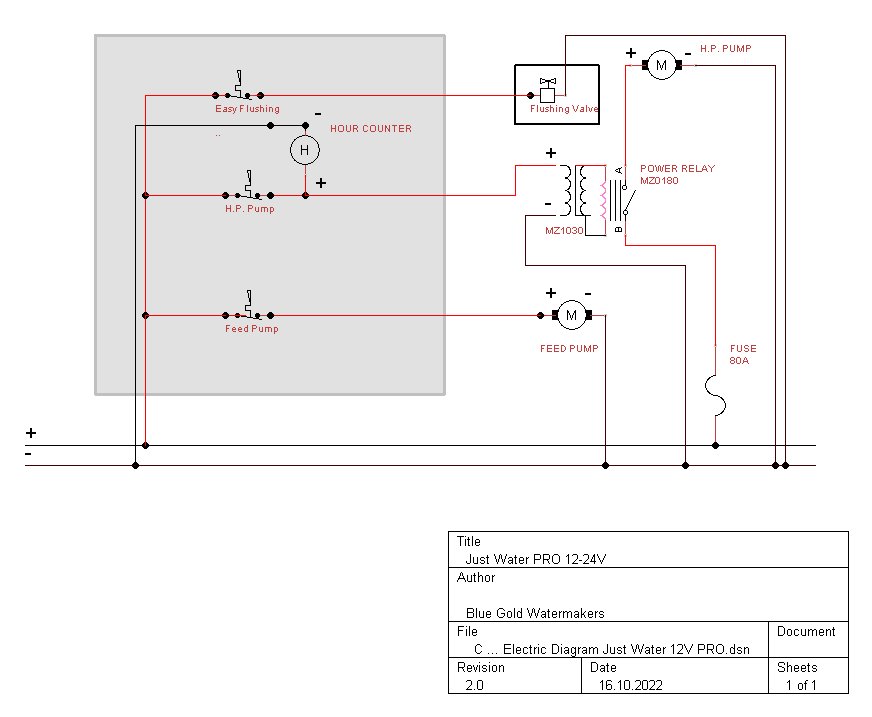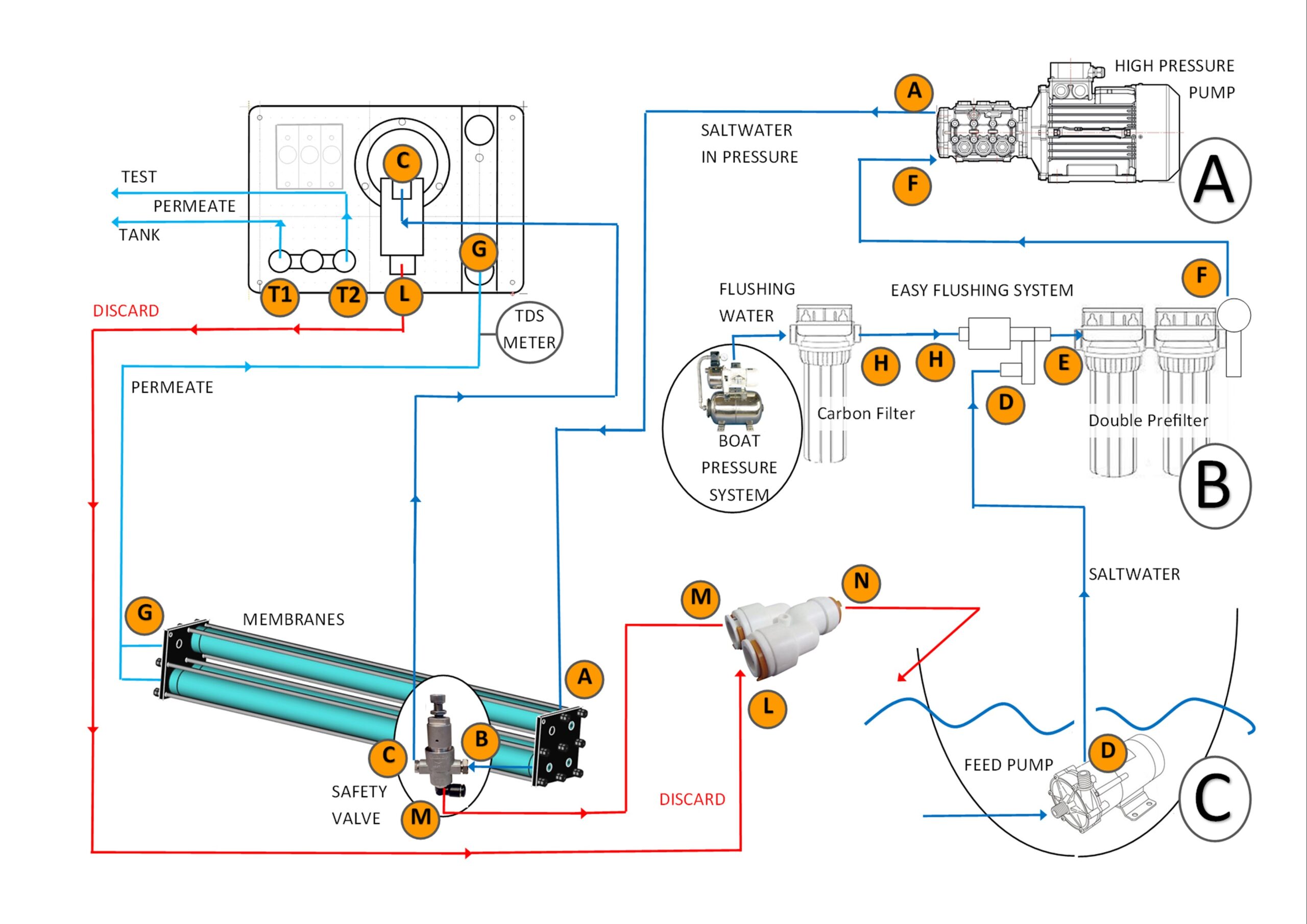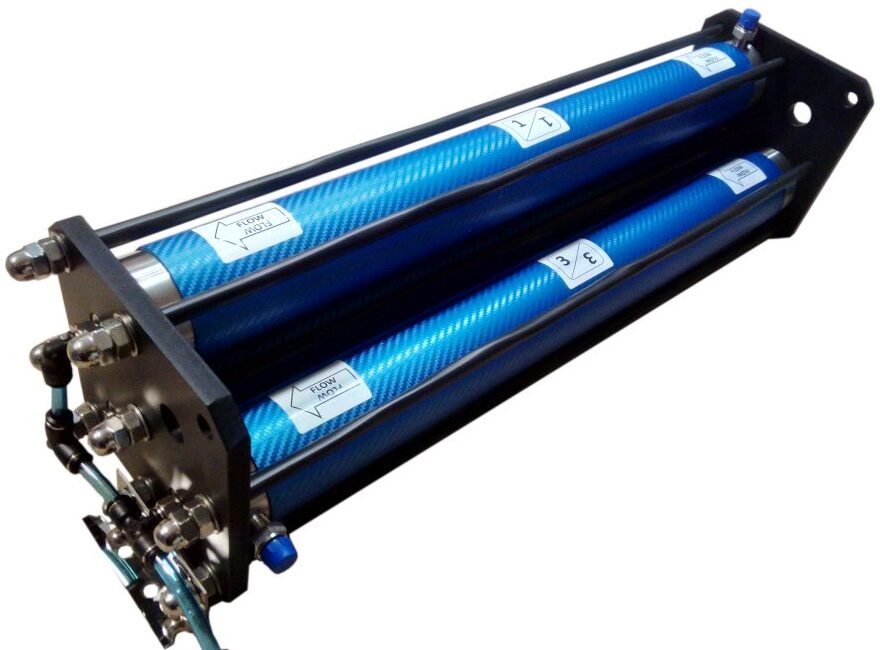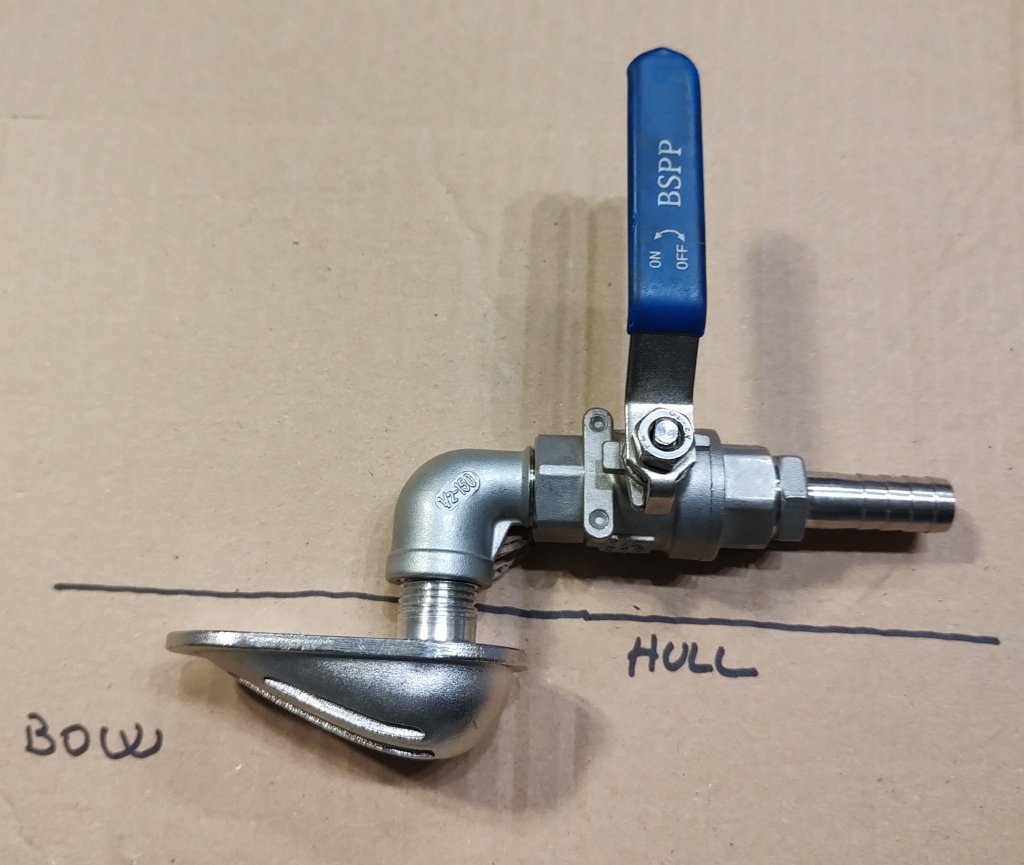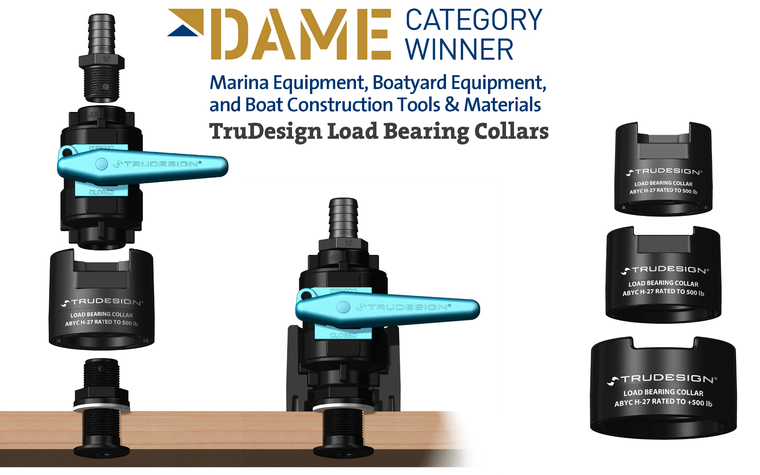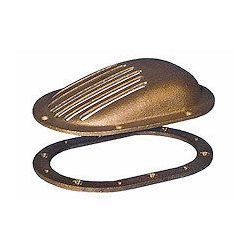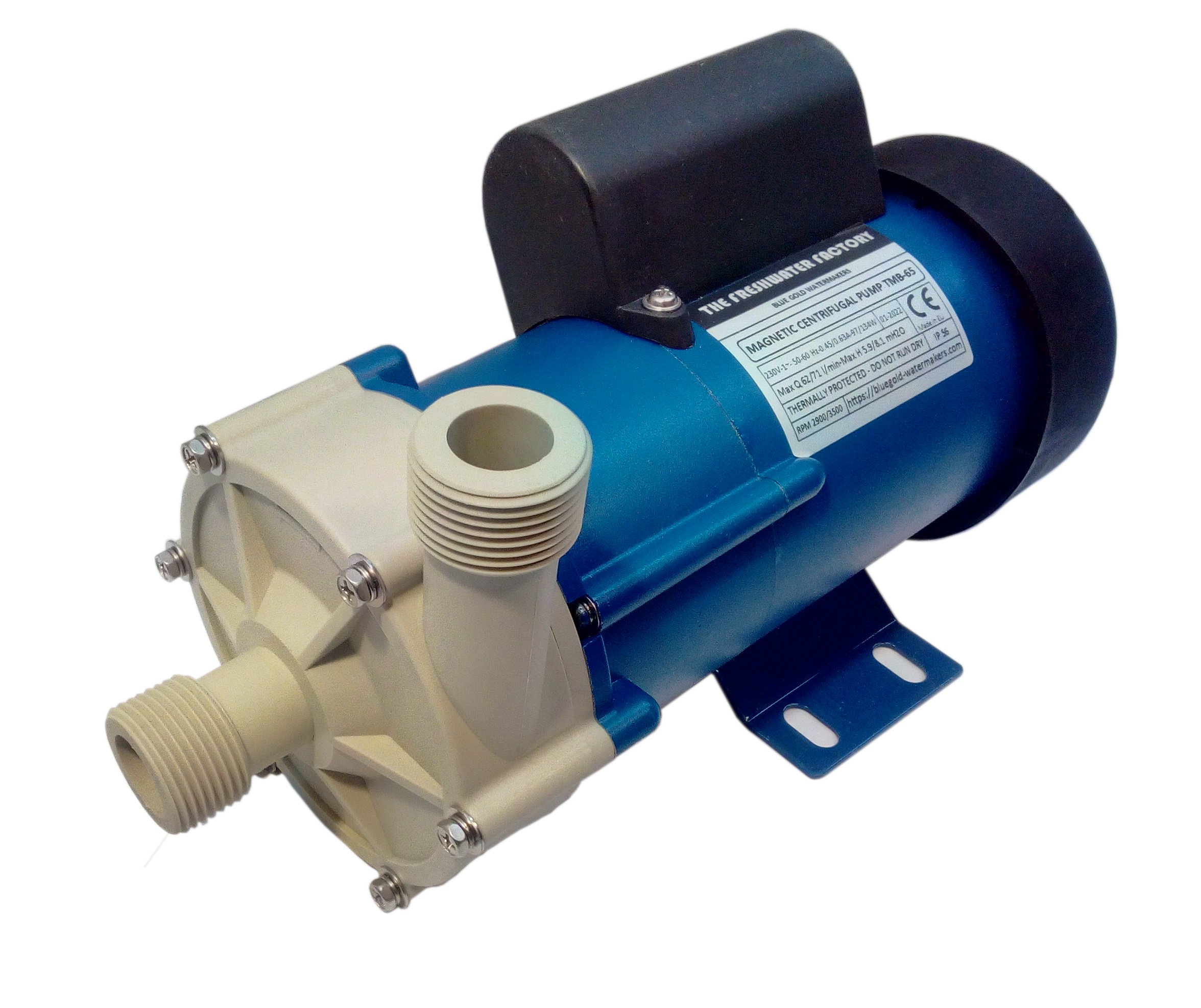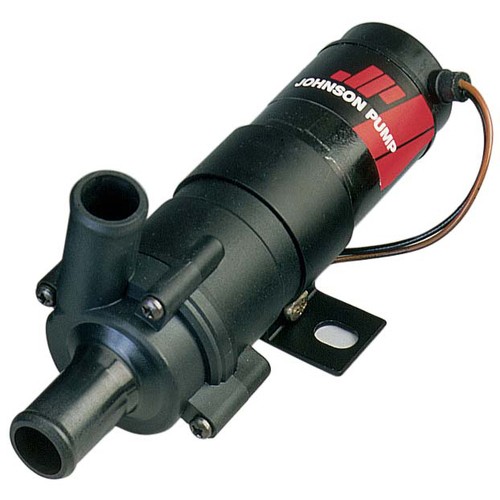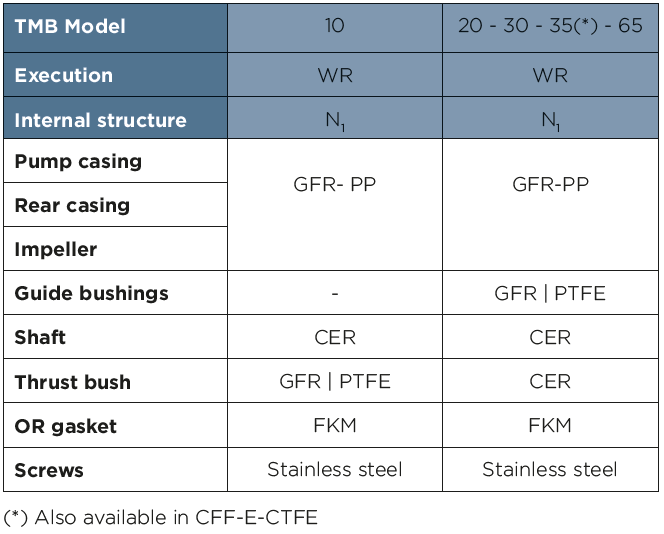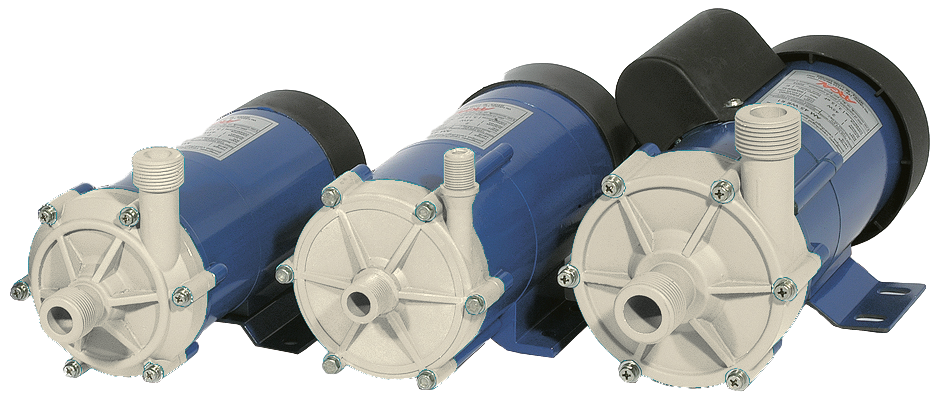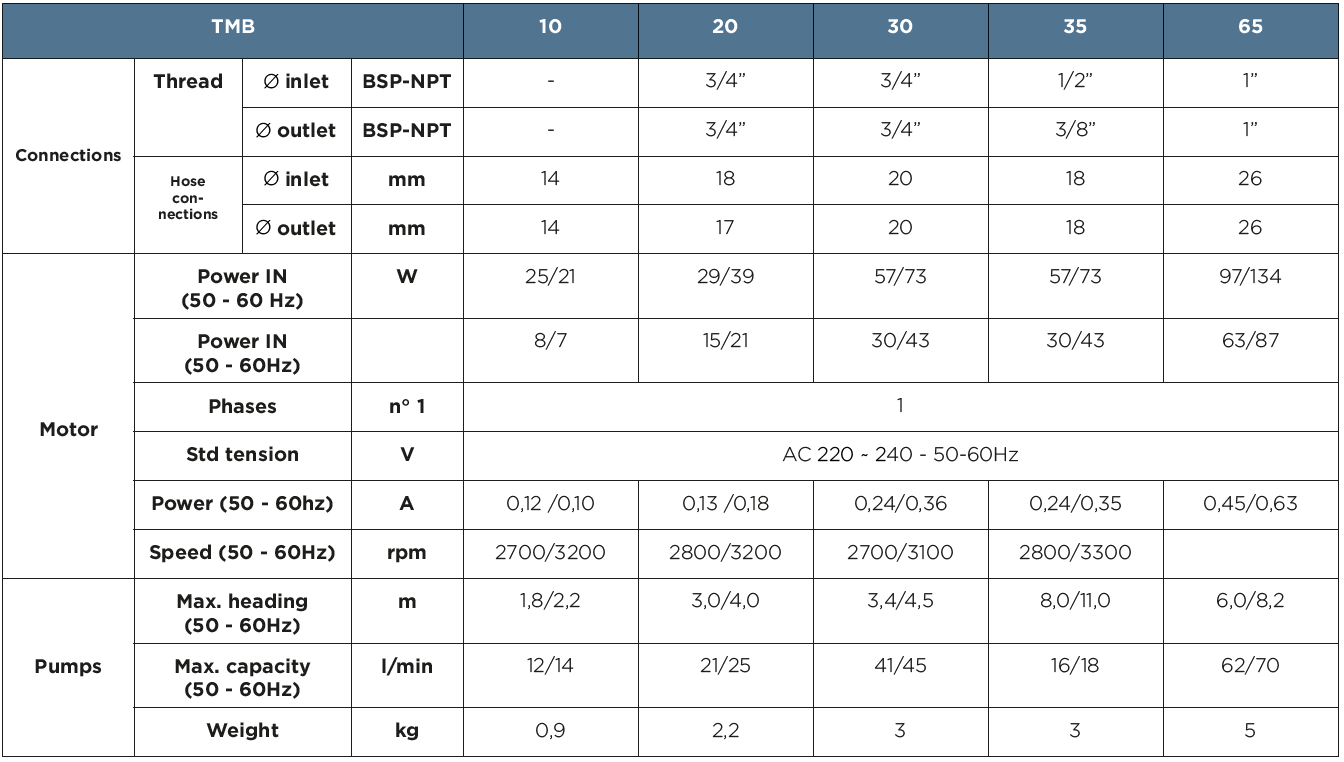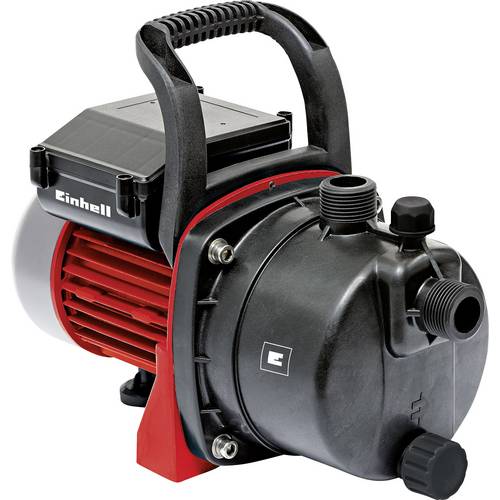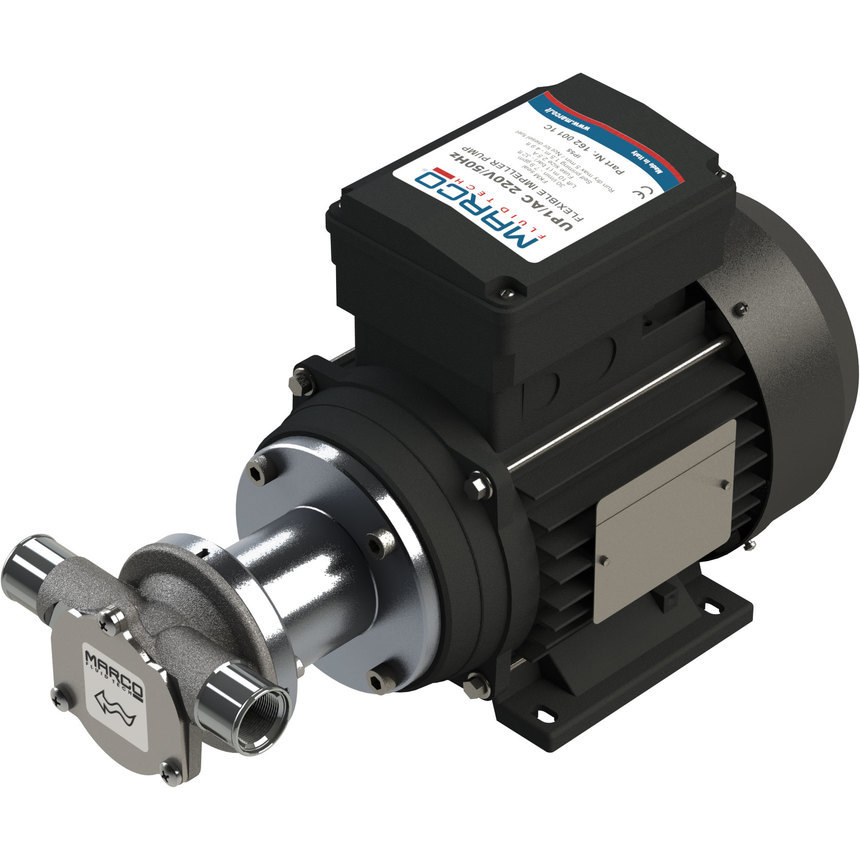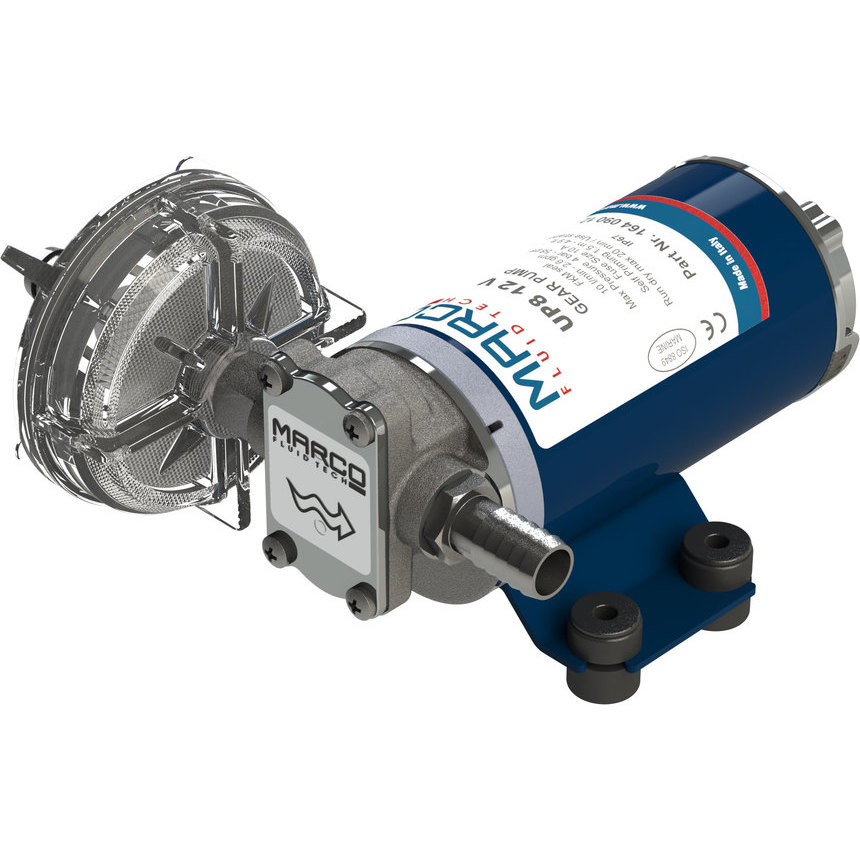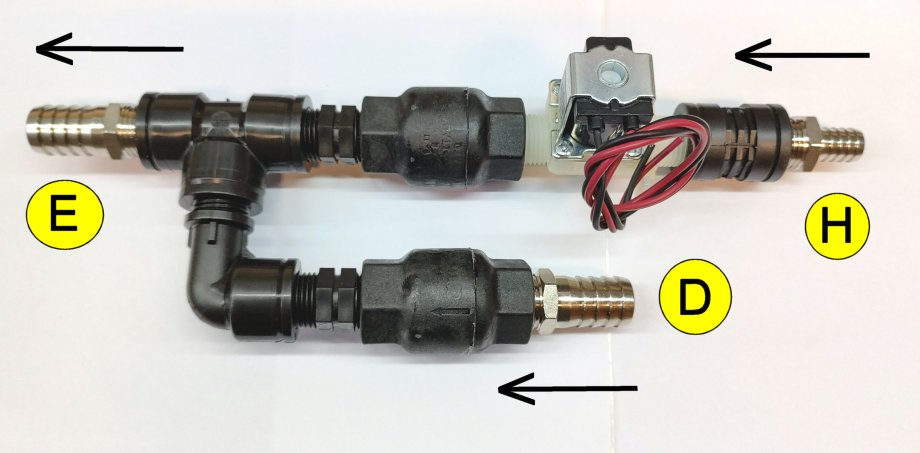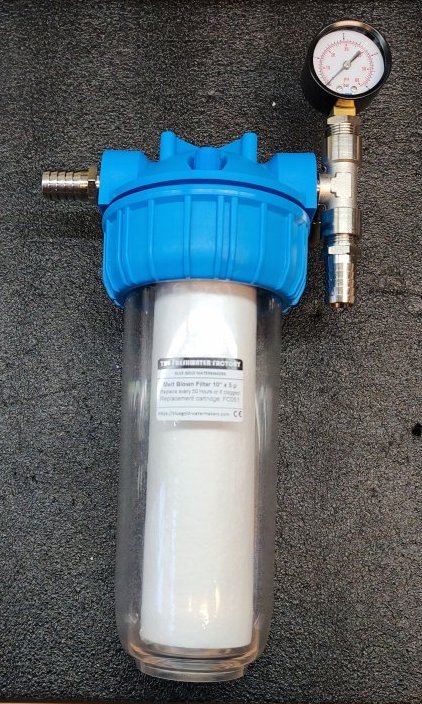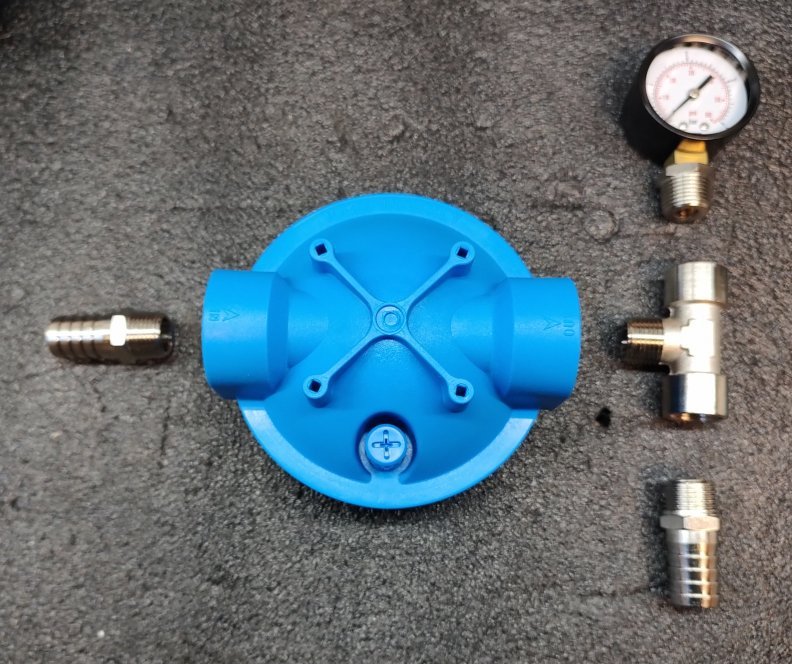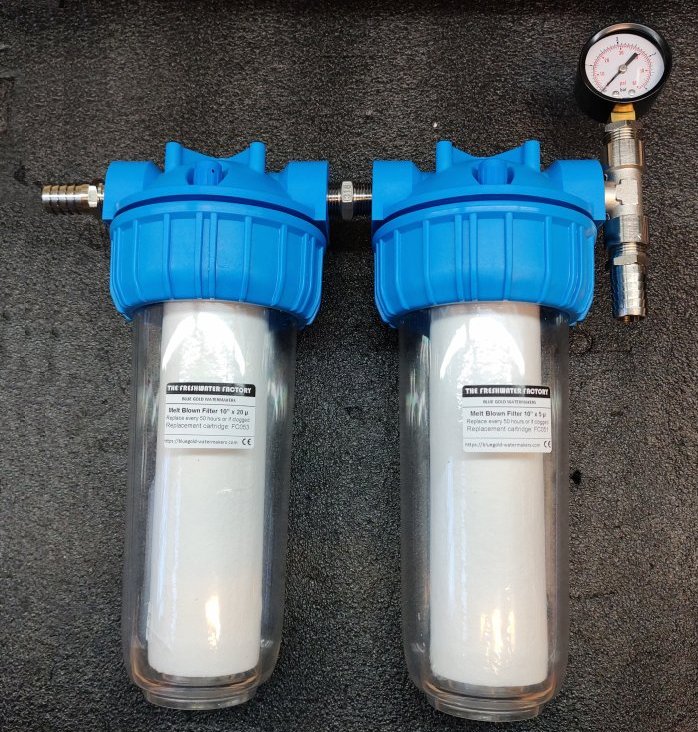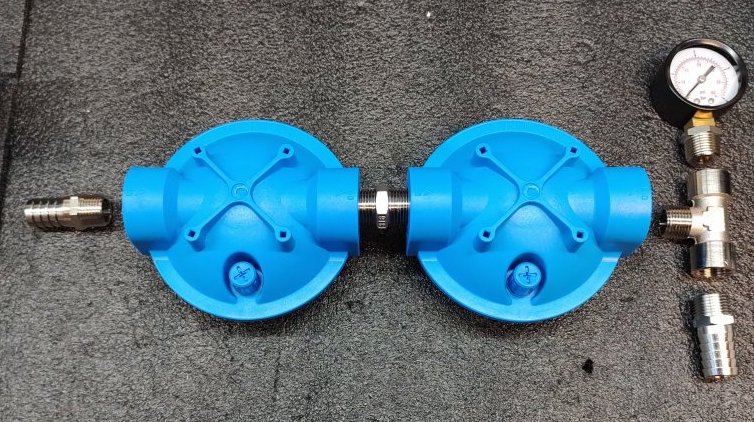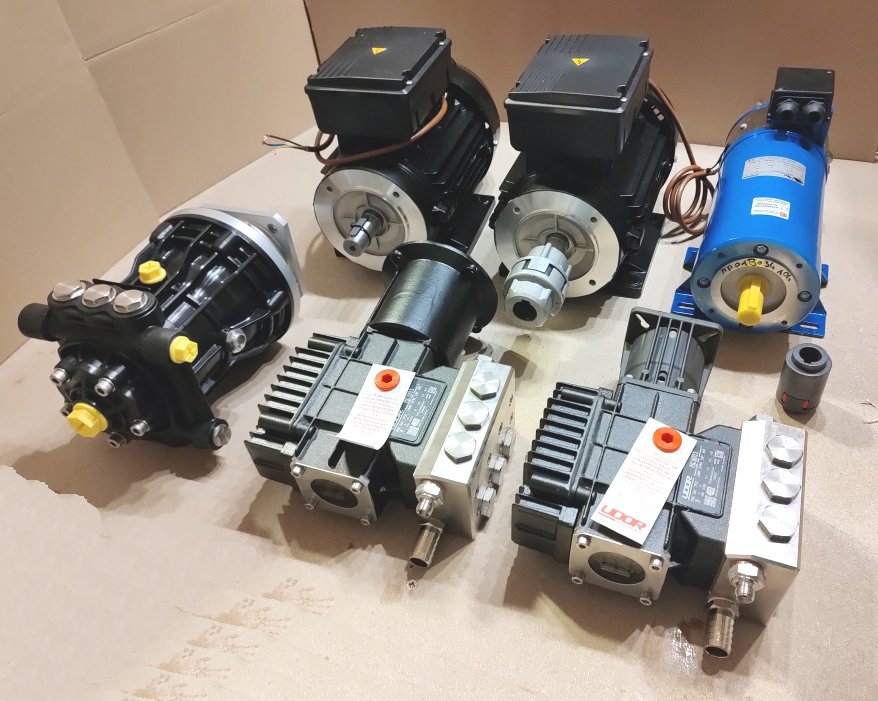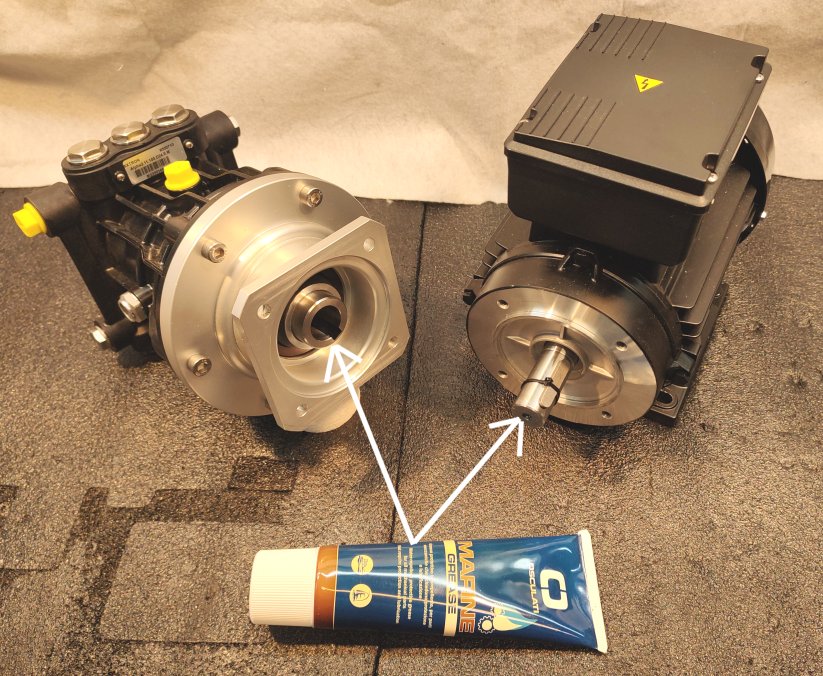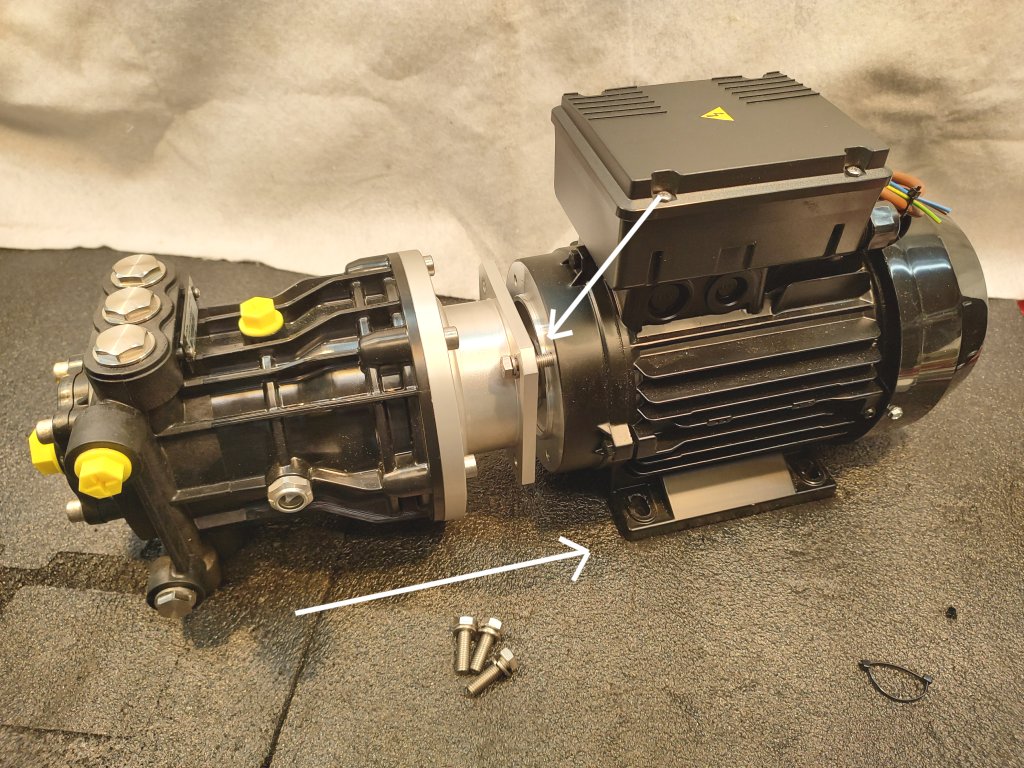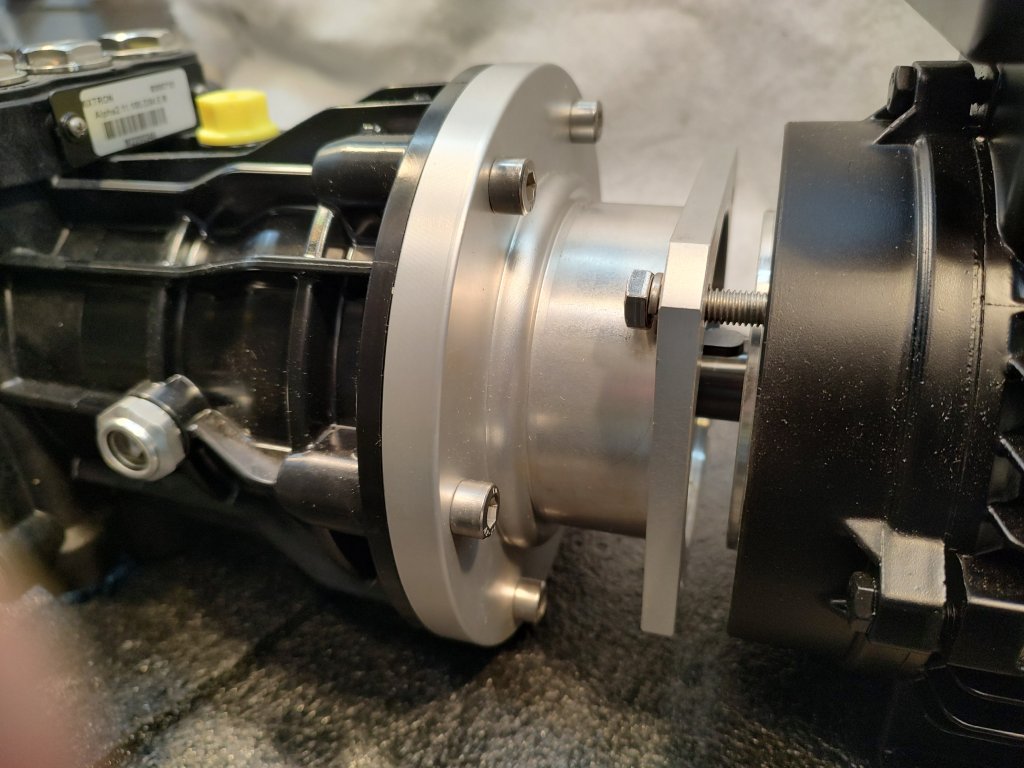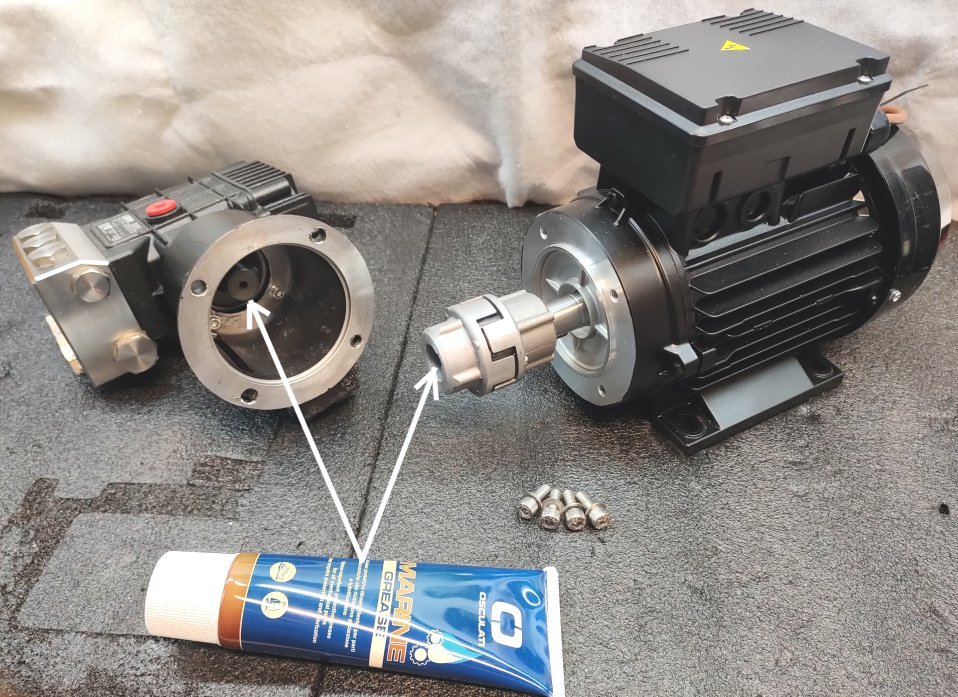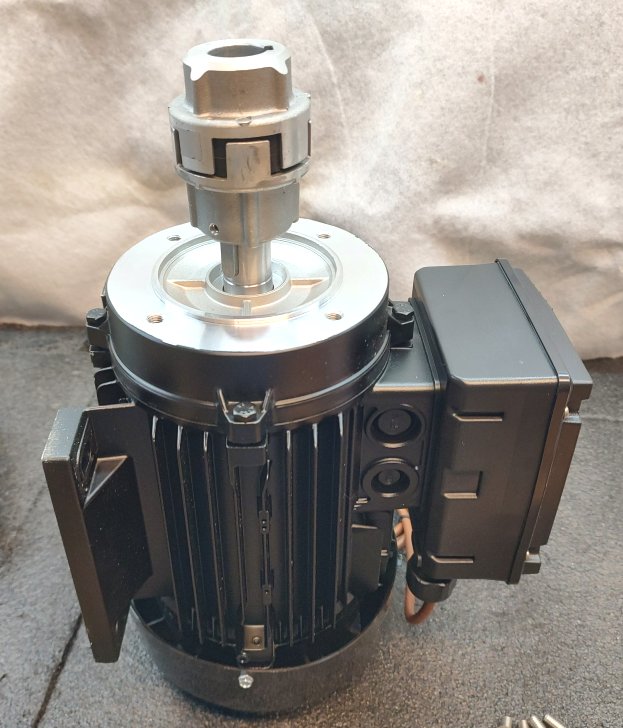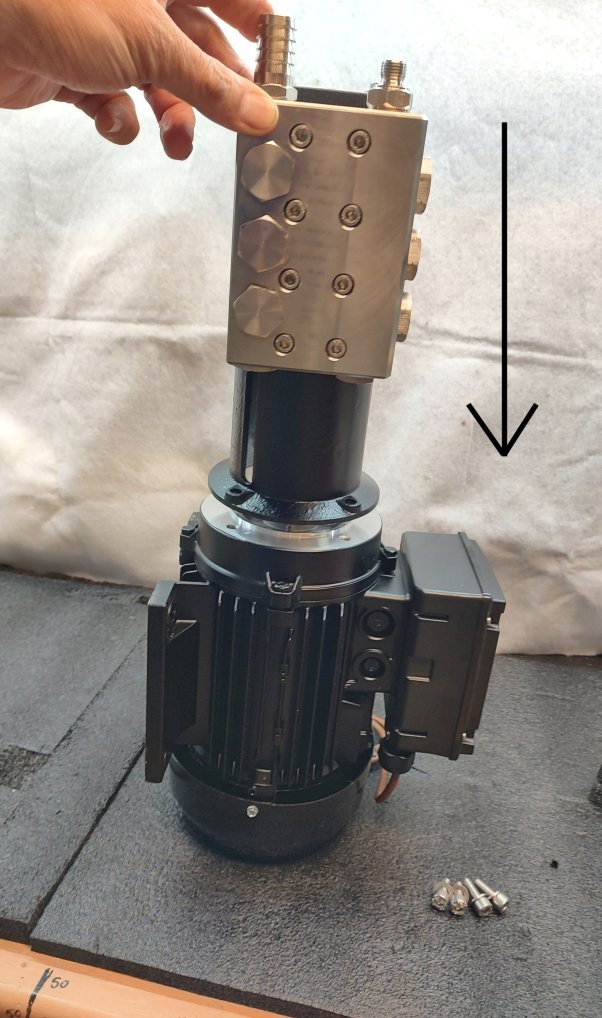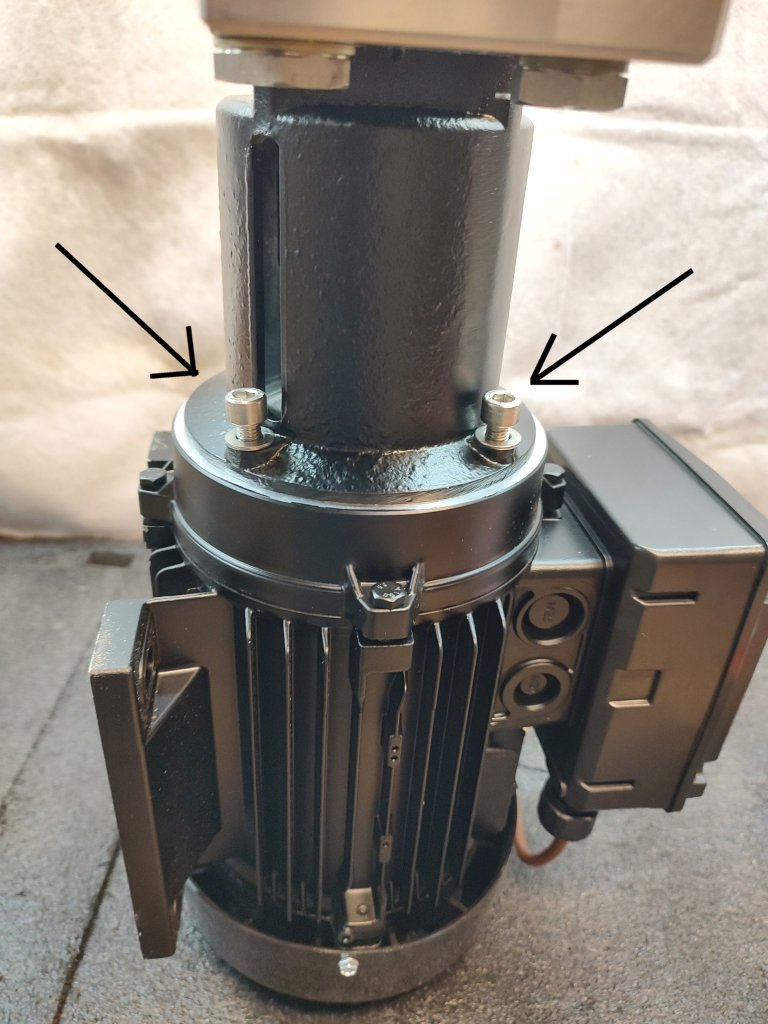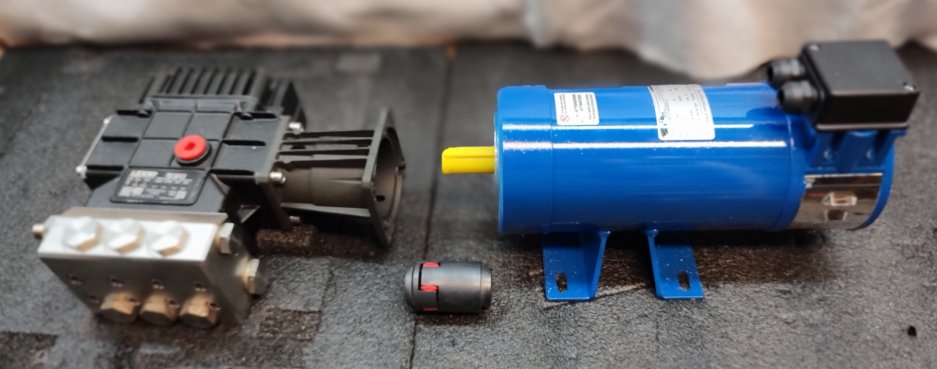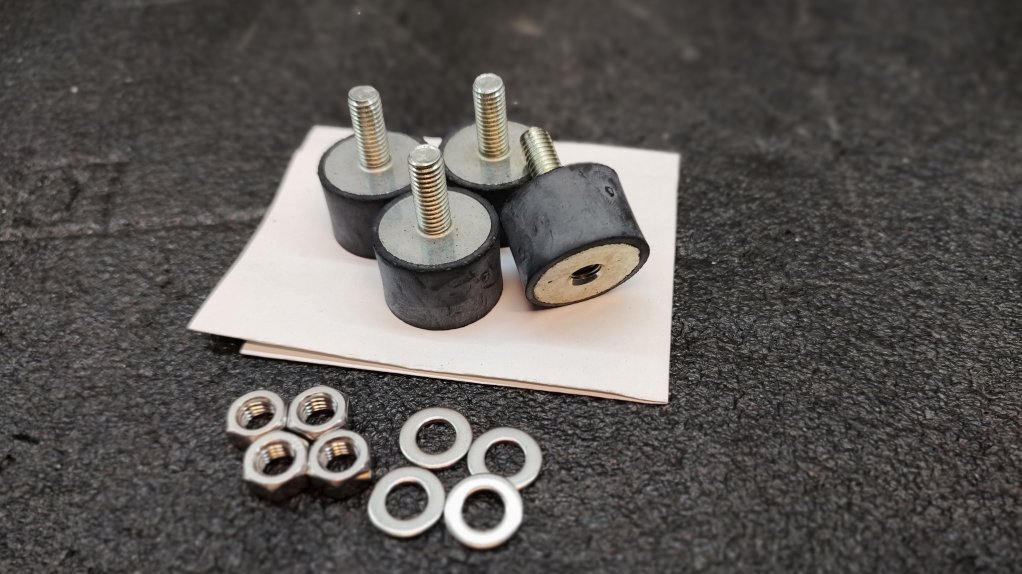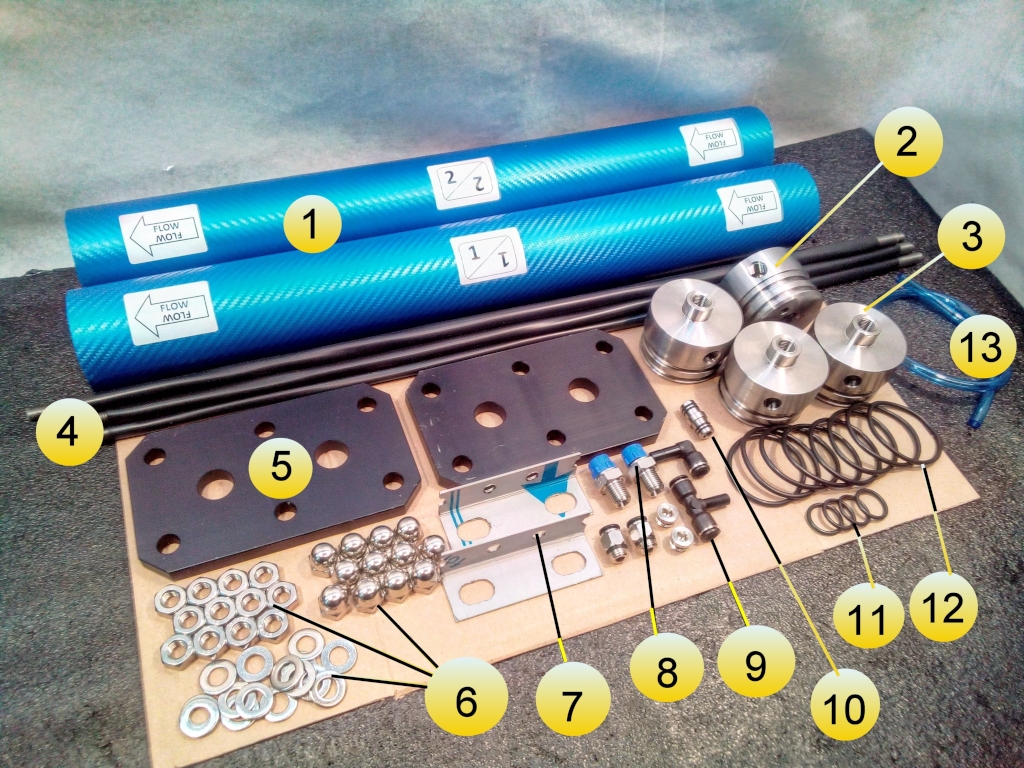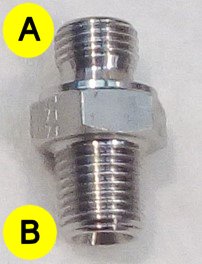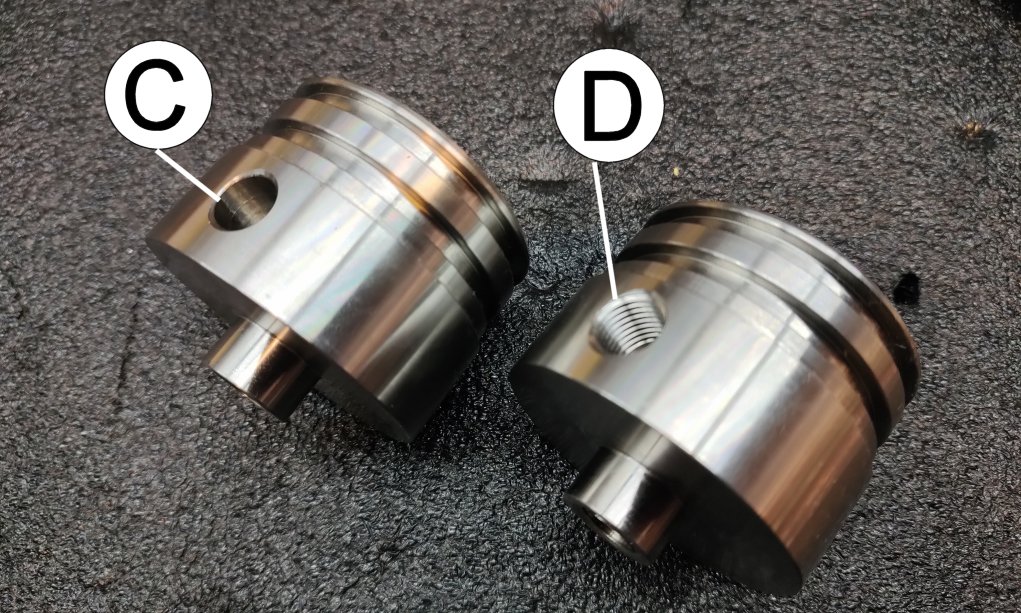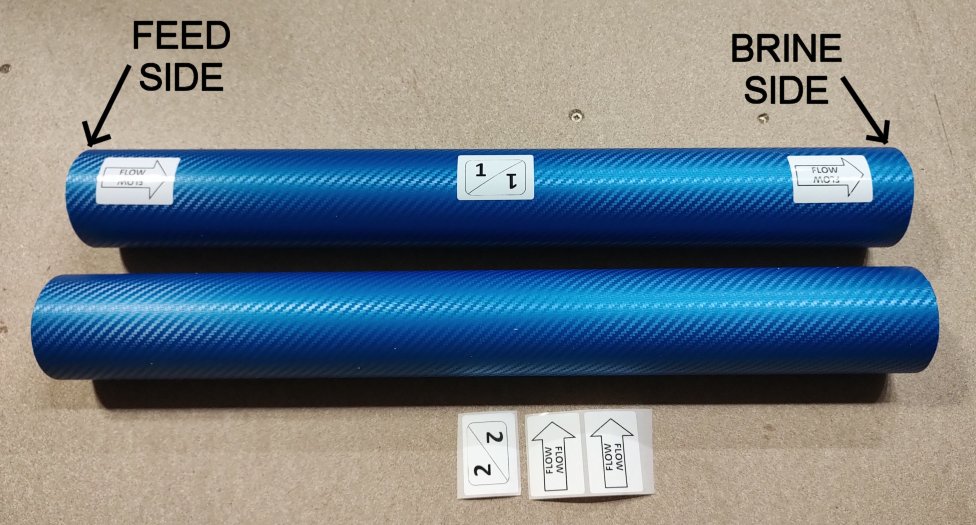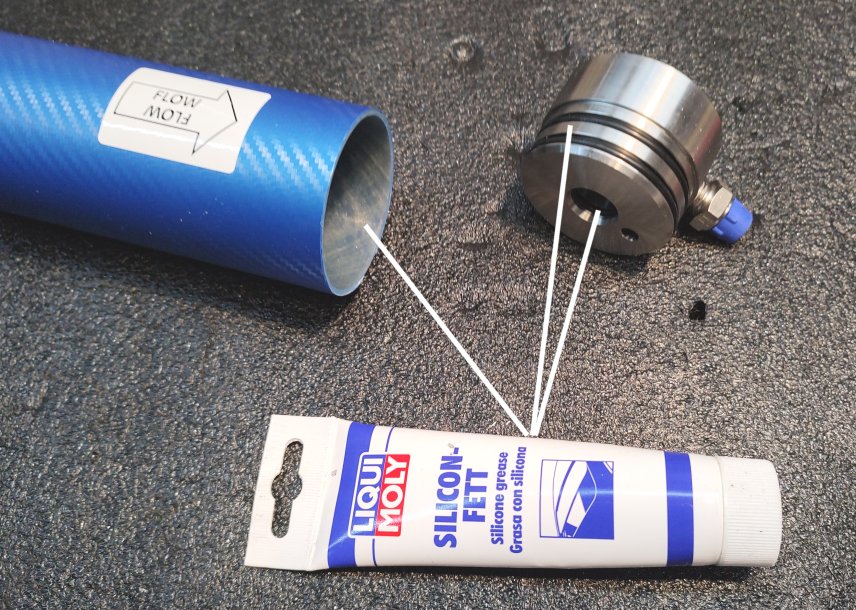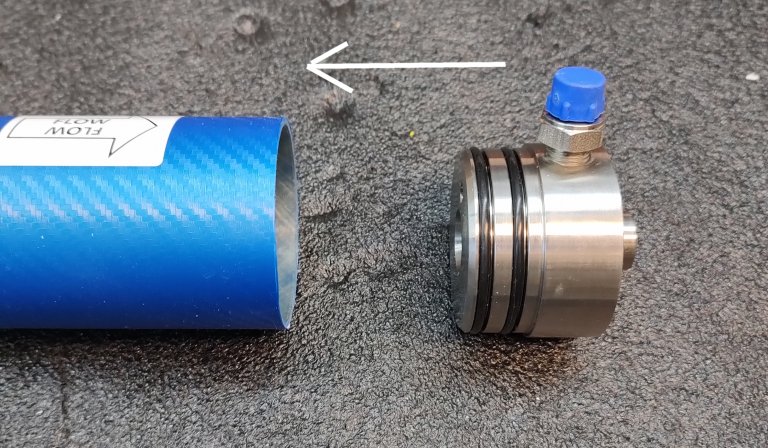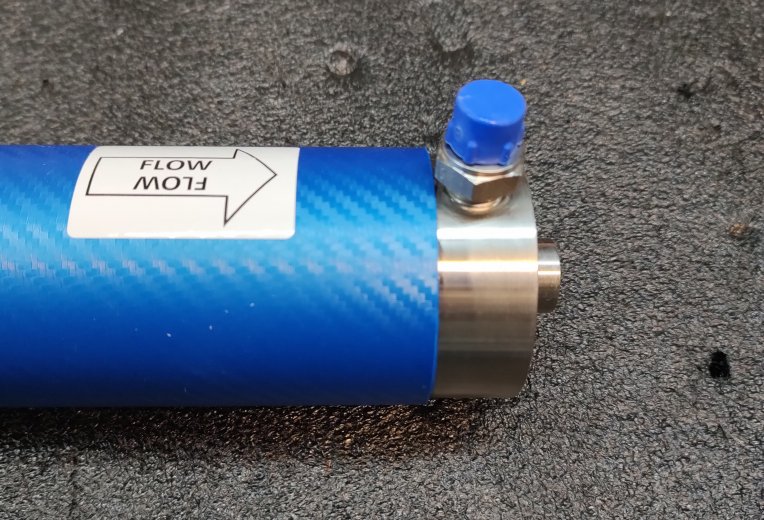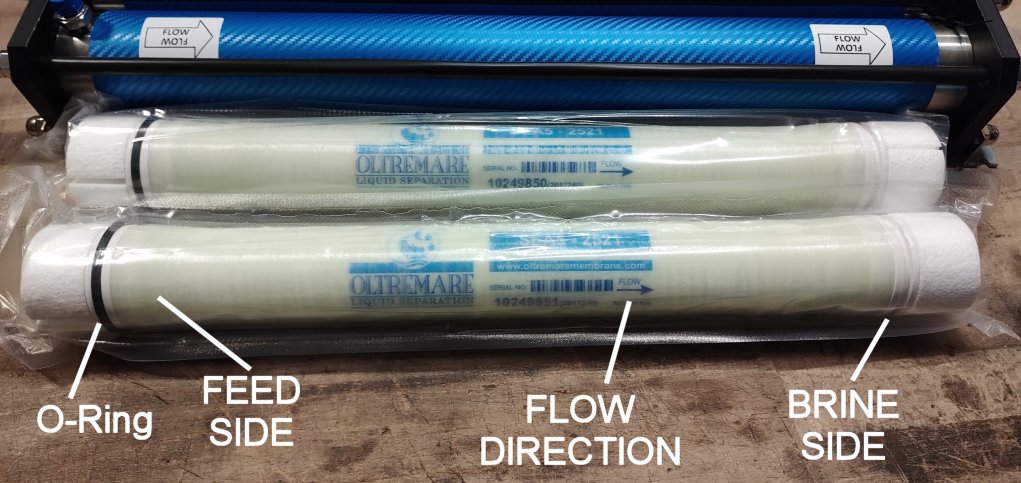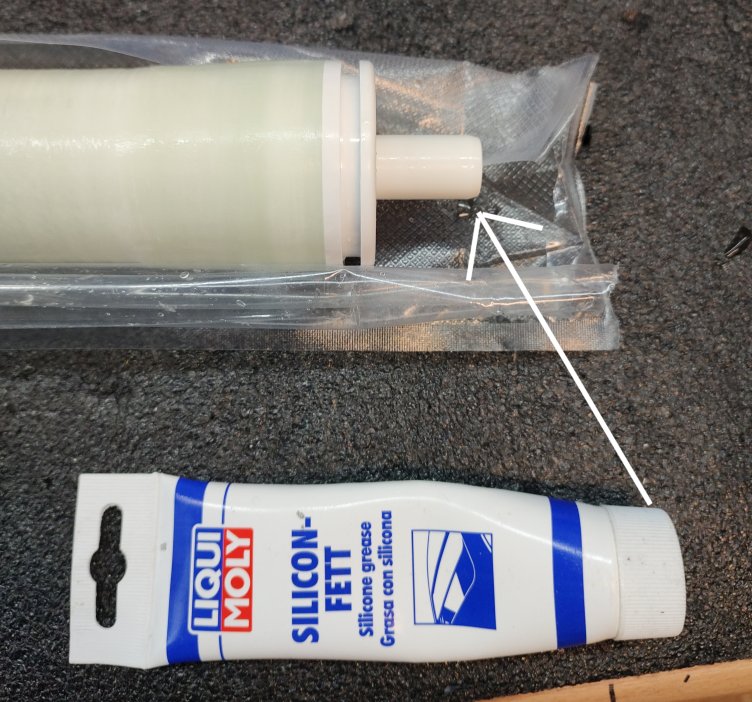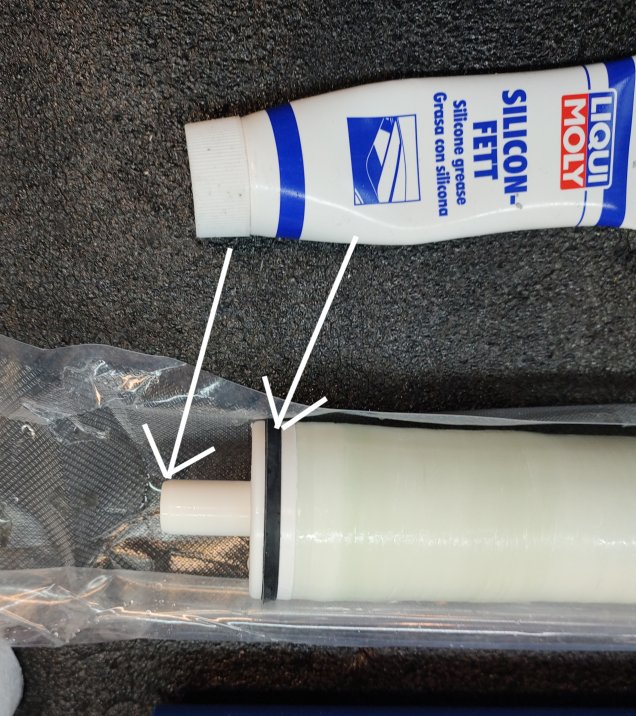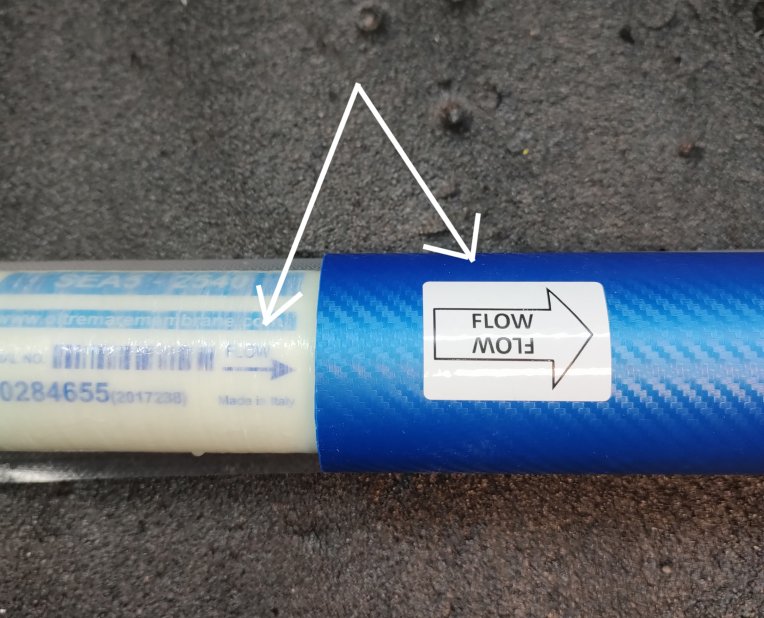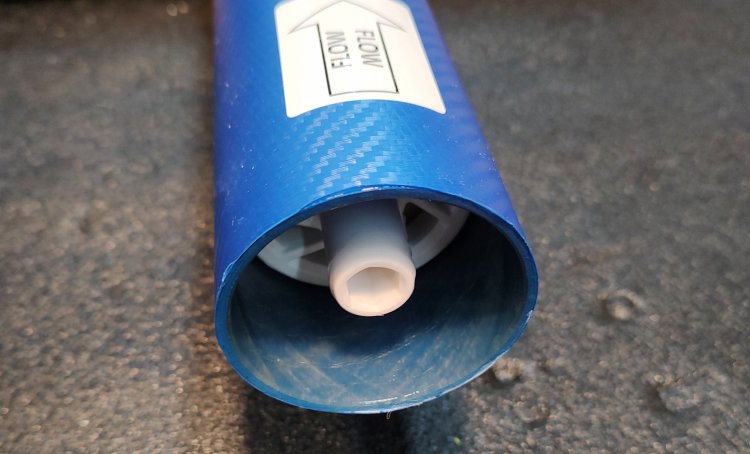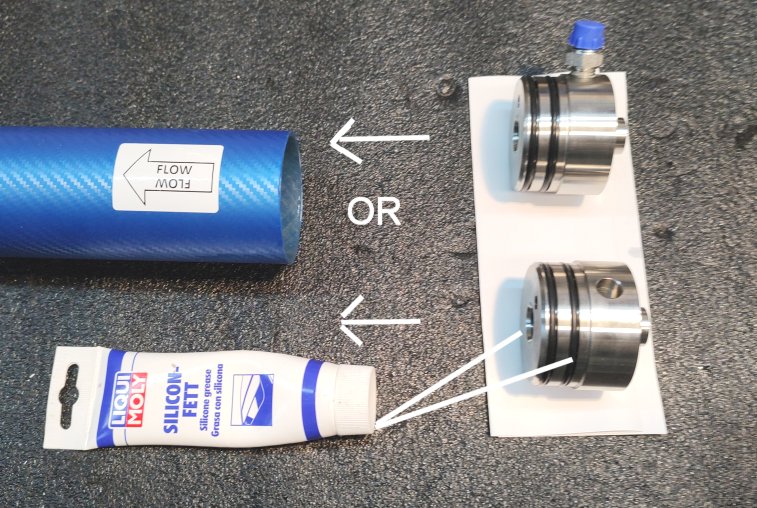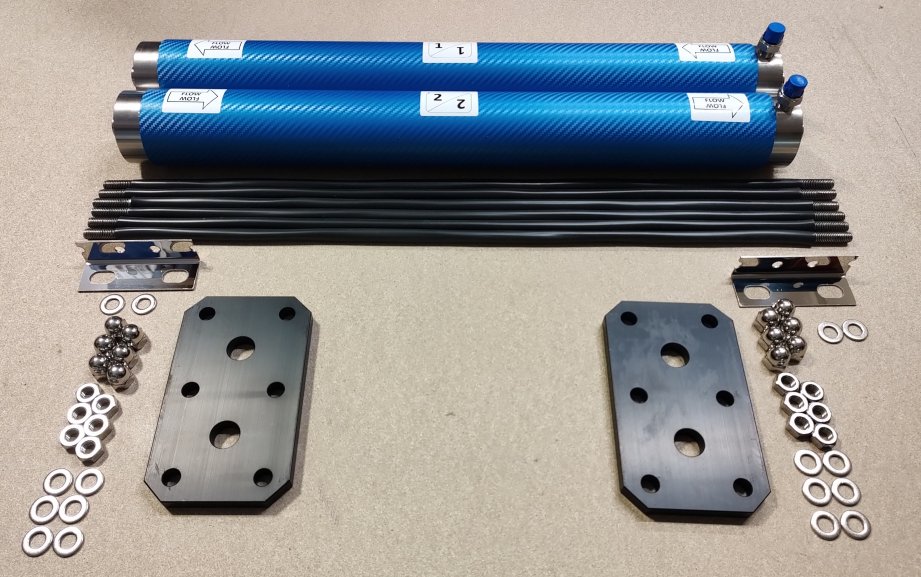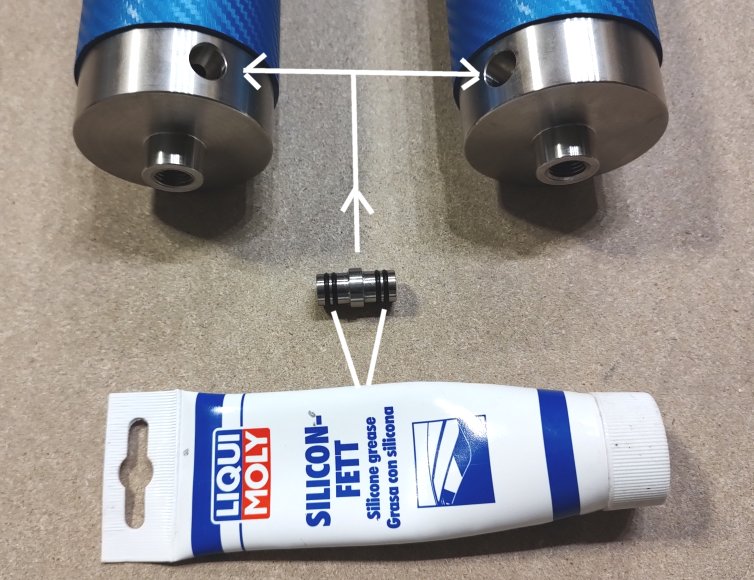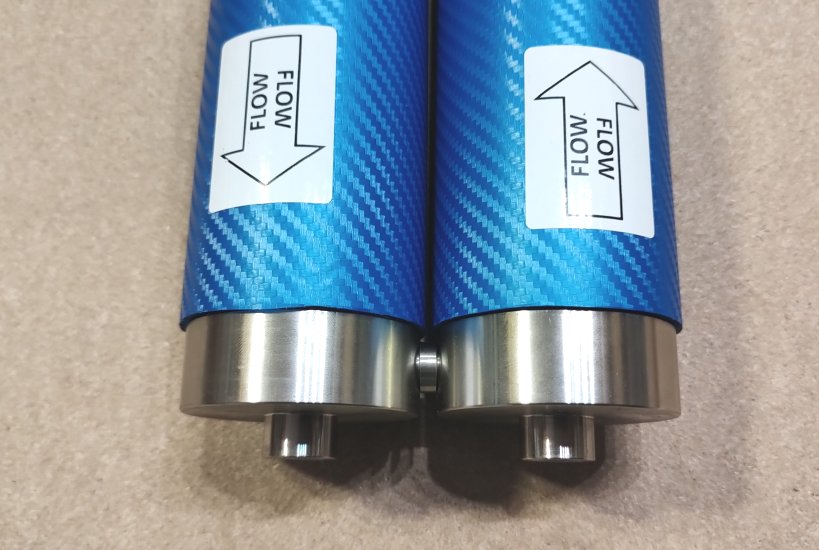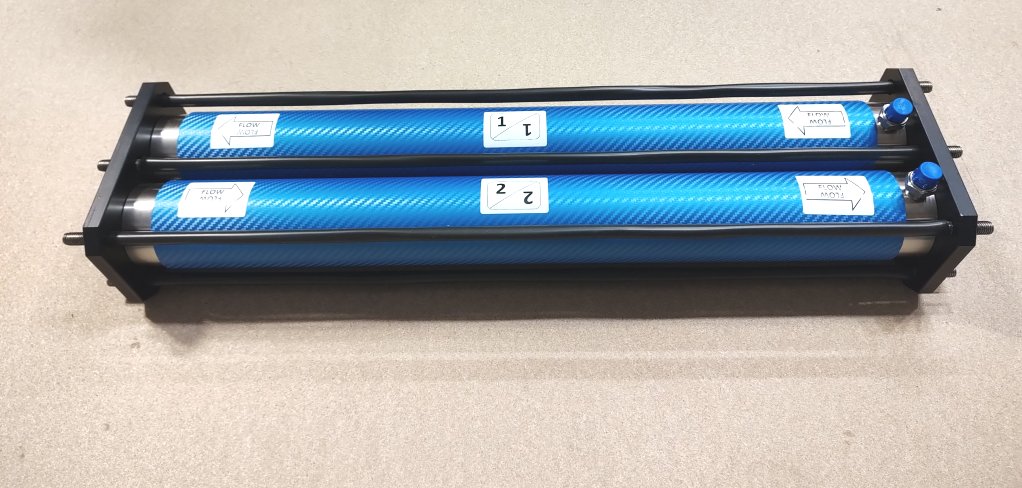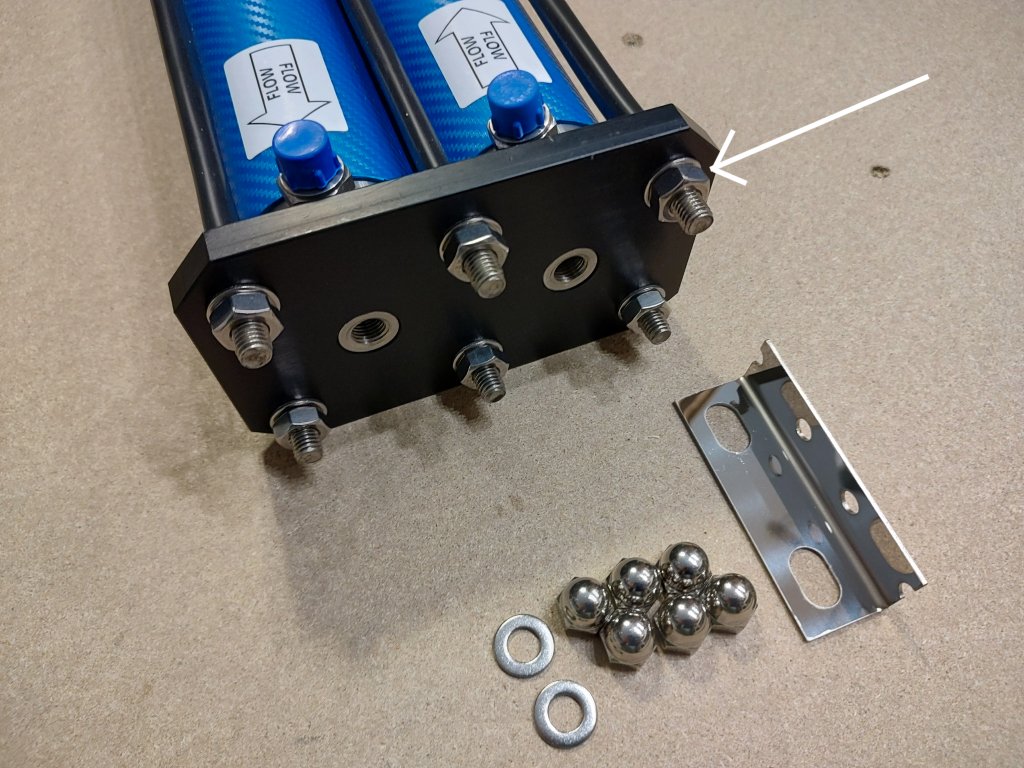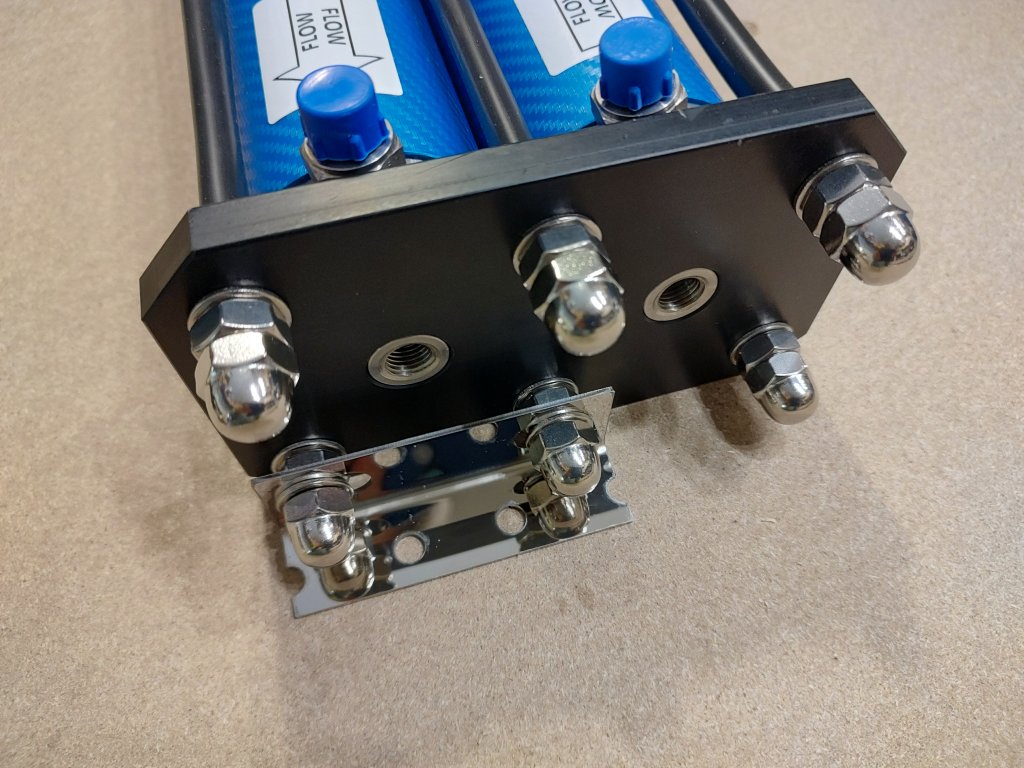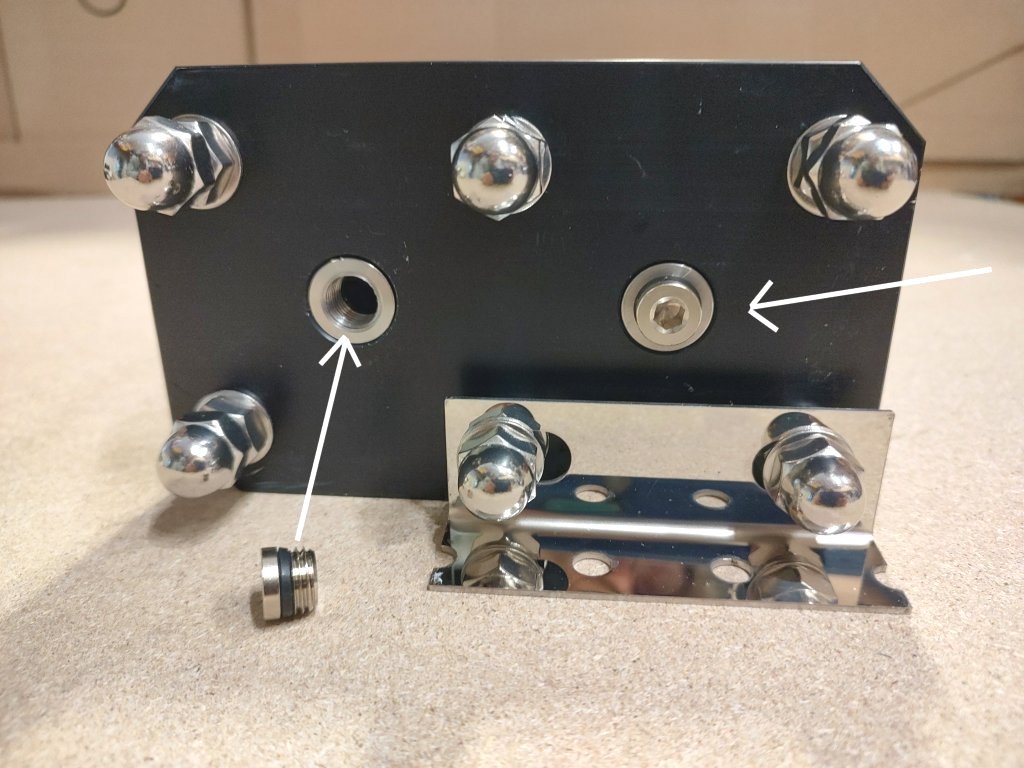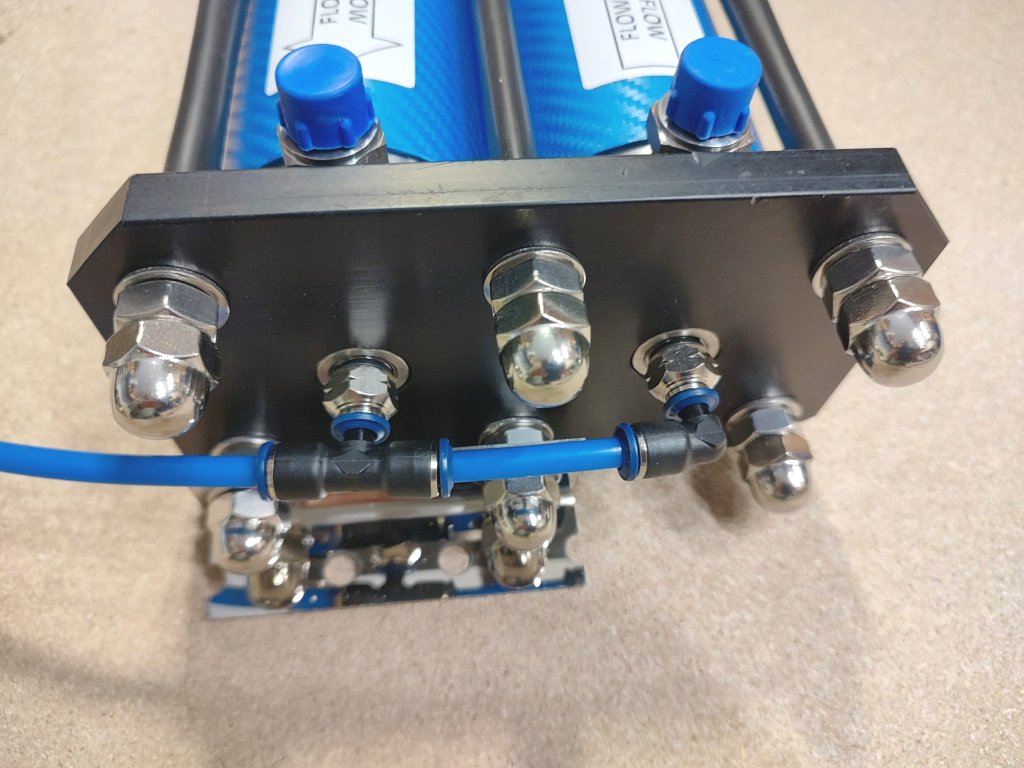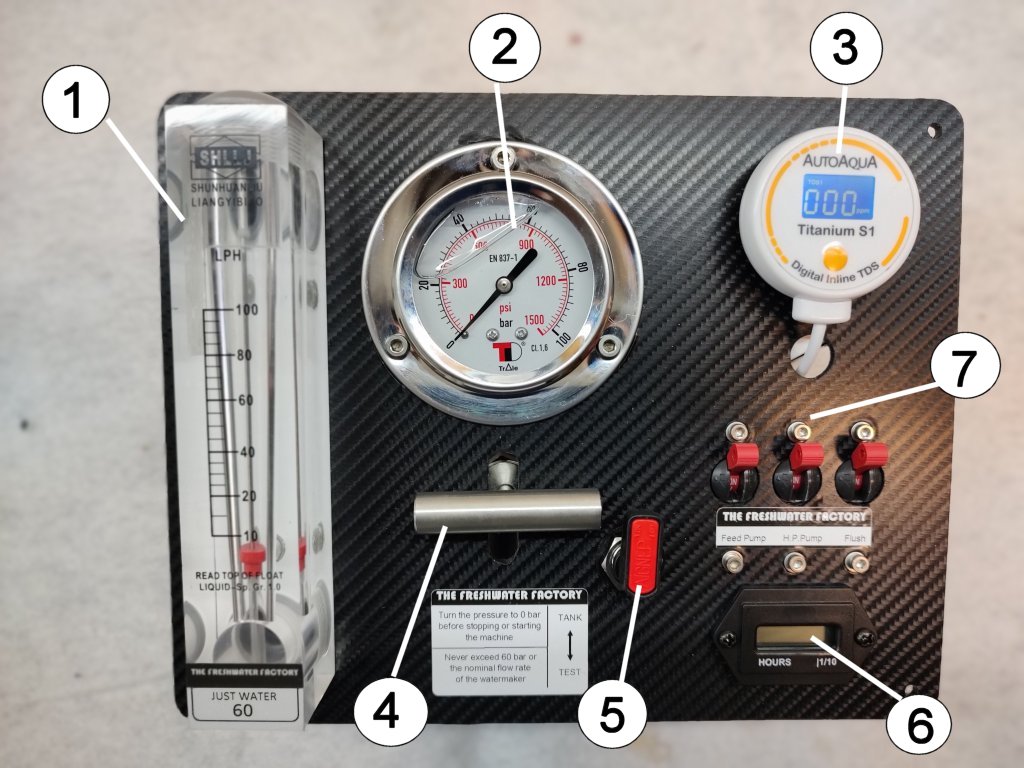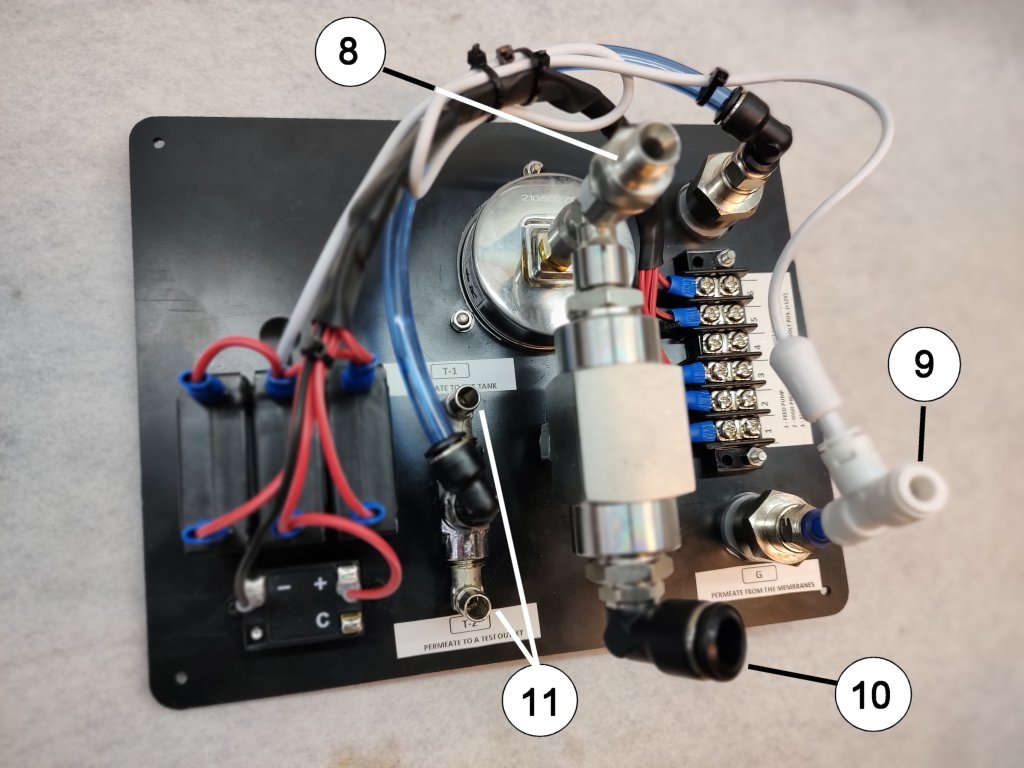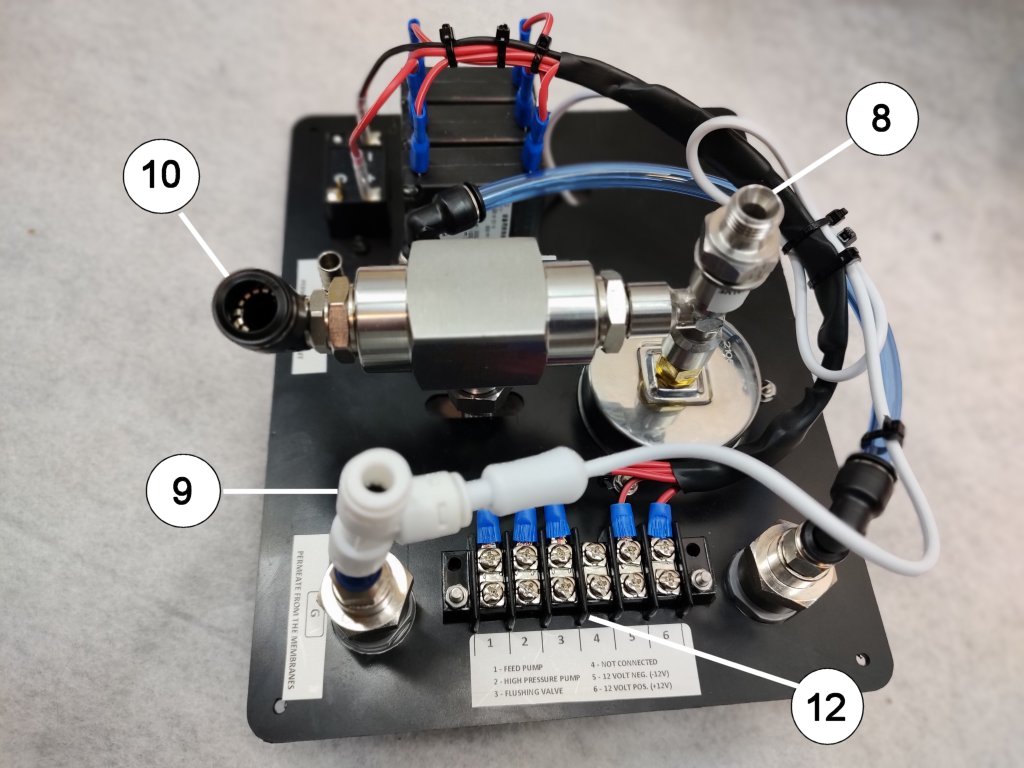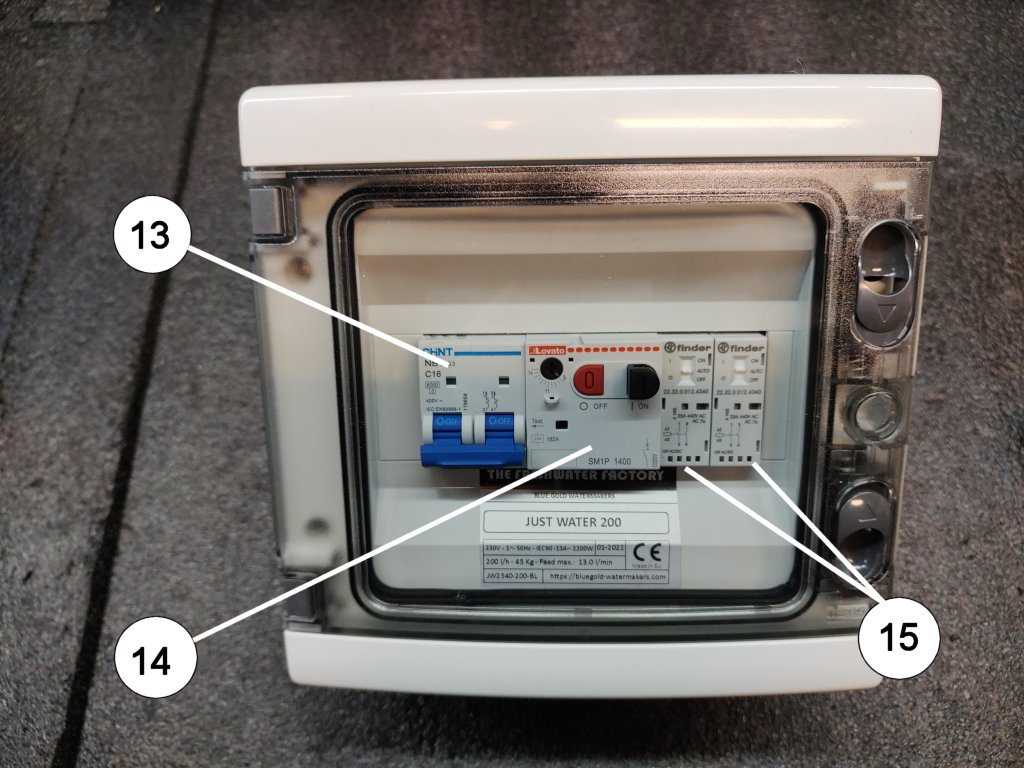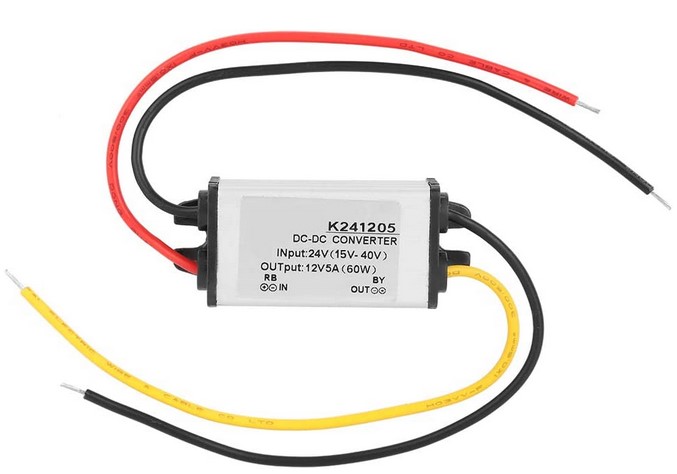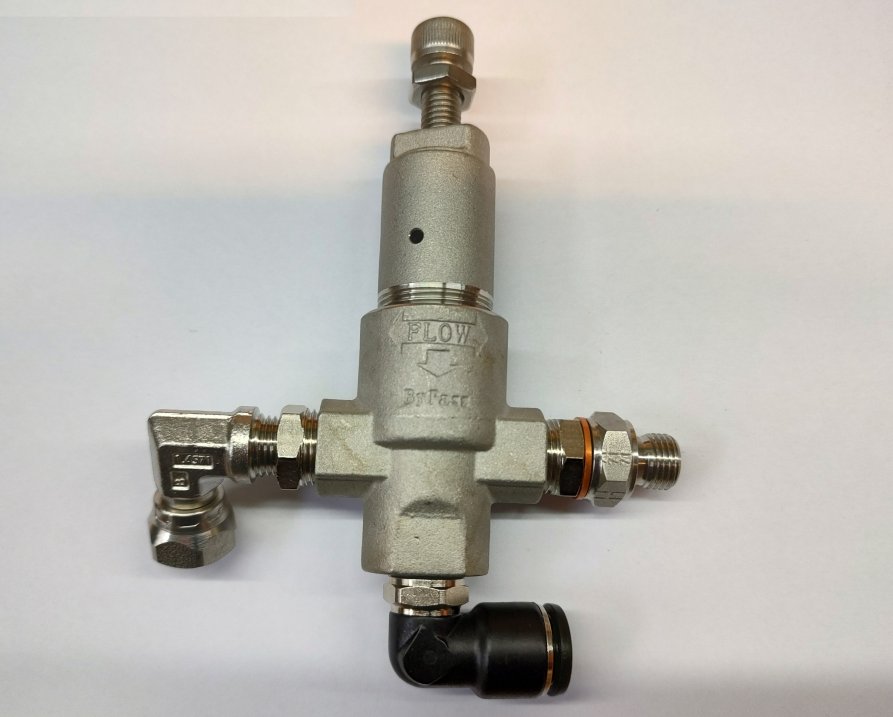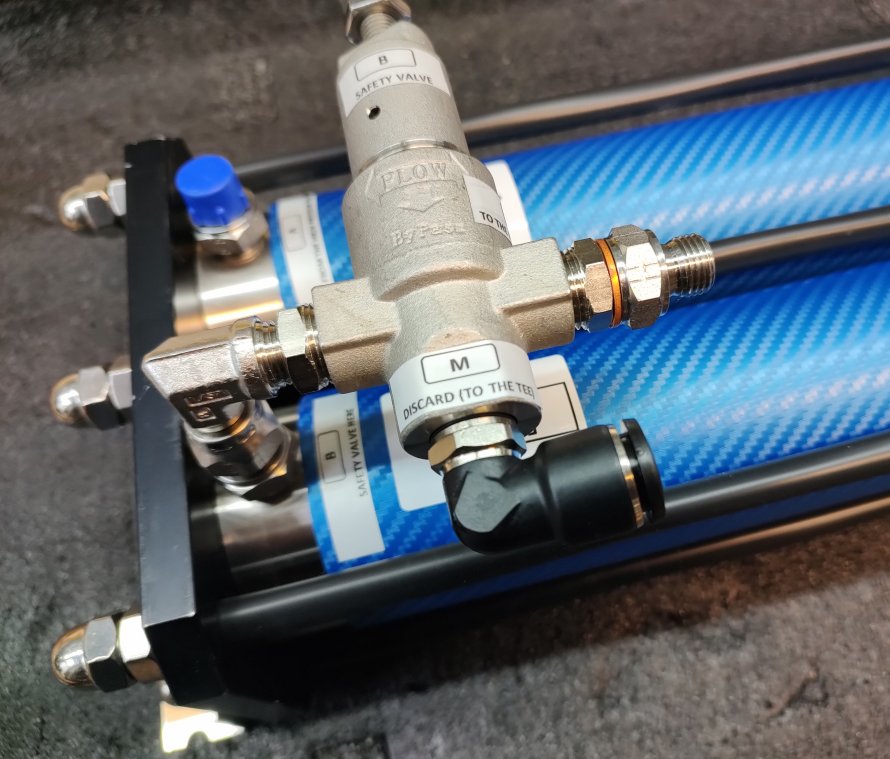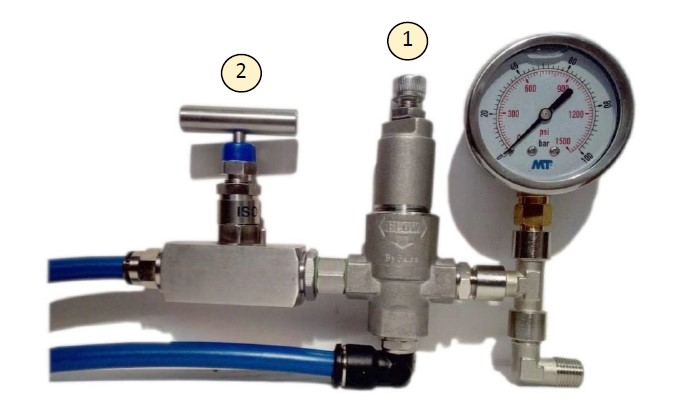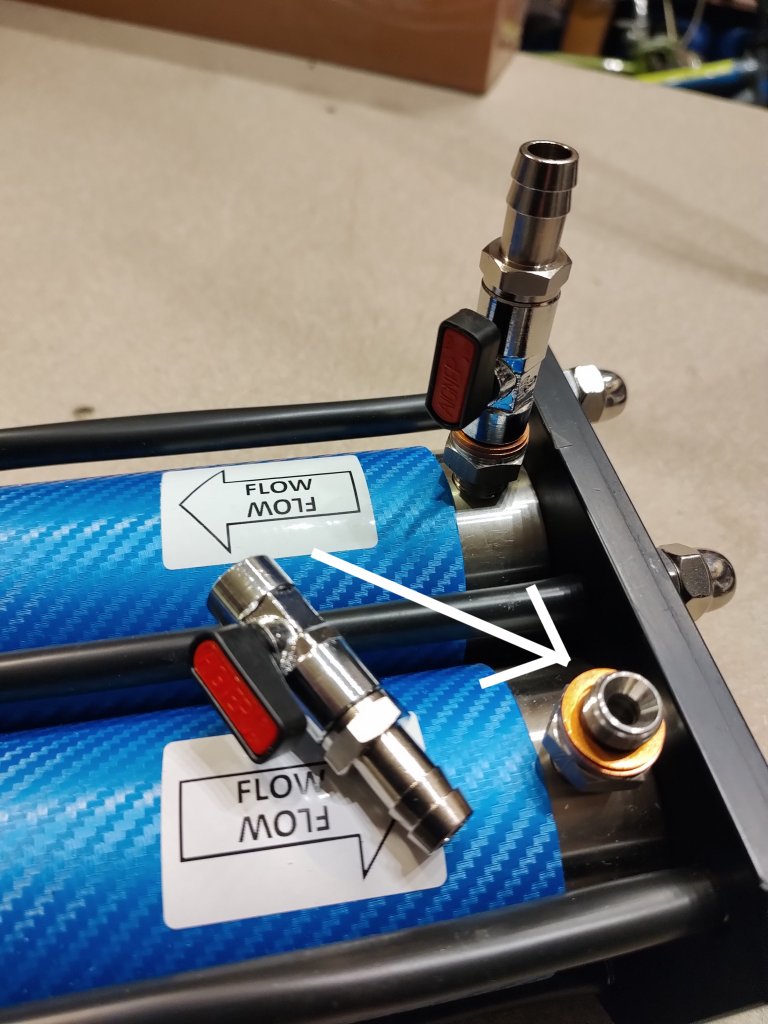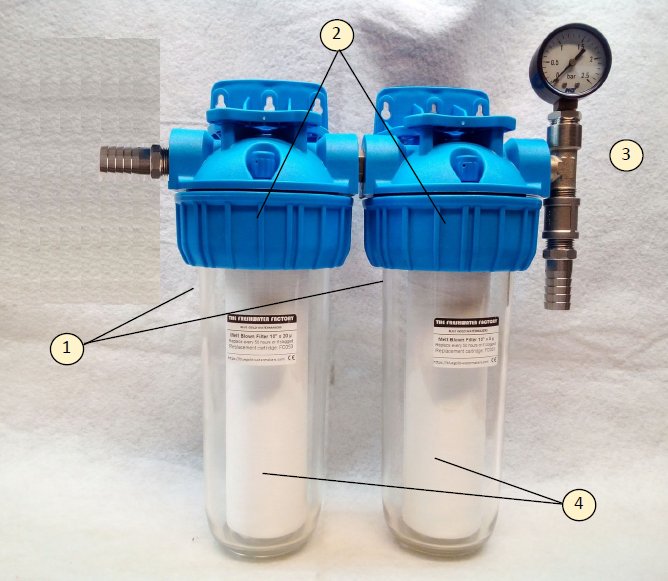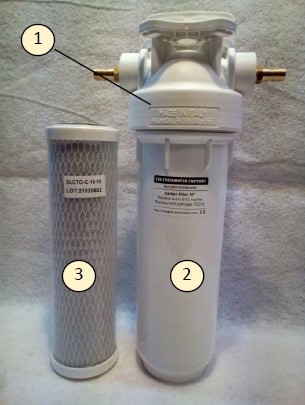INFORMATION ON THE TECHNICAL FEATURES
12 Volt Watermakers “ZERO” (55 l/h)
Input voltage: 12/24 V DC
Motors:
– M80.H70 12 Volt – 1250 rpm – 30 Ampere
Noise level: 68 db
Working pressure: Max. 60 Bar
Weight: ca.35 Kg
Seawater inlet pressure: 0,5 – 4,0 Bar
Flushing pressure: 1,0 – 4,0 Bar
Standard pre-filtration: 10”DOE – 5 Micron
Permeate TDS: < 500 ppm
Salt rejection: 99,4%
Seawater pH range :2 – 11
Seawater temperature range: +5 °C – +38 °C
Chlorine tolerance: < 0,1 ppm
Continuous operation: Max 40°C ambient temperature
RO Membranes:
-1 x Seawater Element (2,5” x 40”)
Water maker production amount*:
-55 Liters/Hour (1×2540 Membrane)
*25°C water temperature, 32000 ppm salinity, 60 bar working pressure
12/24 Volt Watermakers “JUST WATER” (60-80 l/h)
Input voltage: 12/24 V DC
Motors:
– M80.H140 12 Volt – 1700 rpm – 50 Ampere
– M80.H140 24 Volt – 1700 rpm – 34 Ampere
Noise level: 68 db
Working pressure: Max. 60 Bar
Weight: ca.35 Kg
Seawater inlet pressure: 0,5 – 4,0 Bar
Flushing pressure: 1,0 – 4,0 Bar
Standard pre-filtration: 10”DOE – 5 Micron
Permeate TDS: < 500 ppm
Salt rejection: 99,4%
Seawater pH range :2 – 11
Seawater temperature range: +5 °C – +38 °C
Chlorine tolerance: < 0,1 ppm
Continuous operation: Max 40°C ambient temperature
RO Membranes:
-1 x Seawater Element (2,5” x 40”)
-2 x Seawater Element (2,5” x 21”)
-3 x Seawater Element (2,5” x 21”)
Water maker production amount*:
-60 Liters/Hour (1×2540 Membrane)
-60 Liters/Hour (2×2521 Membranes)
-80 Liters/Hour (3×2521 Membranes)
*25°C water temperature, 32000 ppm salinity, 60 bar working pressure
230 Volt (750 Watt) Watermakers “JUST WATER” (60-80 l/h)
Input voltage: Single phase 230 Volt AC (three phases 400 Volt on request)
Motor: MEC80 – 1450 rpm – 750 Watt (1 Hp)
Noise level: 68 db
Working pressure: Max. 60 Bar
Weight: ca.35 Kg
Seawater inlet pressure: 0,5 – 4,0 Bar
Flushing pressure: 1,0 – 4,0 Bar
Standard pre-filtration: 10”DOE – 5 Micron
Permeate TDS: < 500 ppm
Salt rejection: 99,4%
Seawater pH range :2 – 11
Seawater temperature range: +5 °C – +38 °C
Chlorine tolerance: < 0,1 ppm
Continuous operation: Max 40°C ambient temperature
RO Membranes:
-1 x Seawater Element (2,5” x 40”)
-2 x Seawater Element (2,5” x 21”)
-3 x Seawater Element (2,5” x 21”)
Water maker production amount*:
-60 Liters/Hour (1×2540 Membrane)
-60 Liters/Hour (2×2521 Membranes)
-80 Liters/Hour (3×2521 Membranes)
*25°C water temperature, 32000 ppm salinity, 60 bar working pressure
230 Volt (1,1 kW) Watermakers “JUST WATER” (75-120 l/h)
Input voltage: Single phase 230 Volt AC (three phases 400 Volt on request)
Motor: MEC90 – 1450 rpm – 1100 Watt (1,5 Hp)
Noise level: 68 db
Working pressure: Max. 60 Bar
Weight: ca.40 Kg
Seawater inlet pressure: 0,5 – 4,0 Bar
Flushing pressure: 1,0 – 4,0 Bar
Standard pre-filtration: 10”DOE – 20+5 Micron
Permeate TDS: < 500 ppm
Salt rejection: 99,4%
Seawater pH range :2 – 11
Seawater temperature range: +5 °C – +38 °C
Chlorine tolerance: < 0,1 ppm
Continuous operation: Max 40°C ambient temperature
RO Membranes:
-1 x Seawater Element (2,5” x 40”)
-2 x Seawater Element (2,5” x 40”)
Water maker production amount*:
-75 Liters/Hour (1×2540 Membrane)
-120 Liters/Hour (2×2540 Membranes)
*25°C water temperature, 32000 ppm salinity, 60 bar working pressure
230 Volt (1,5 kW) Watermakers “JUST WATER” (90-150 l/h)
Input voltage: Single phase 230 Volt AC (three phases 400 Volt on request)
Motor: MEC90 – 1450 rpm – 1500 Watt (2 Hp)
Noise level: 68 db
Working pressure: Max. 60 Bar
Weight: ca.40 Kg
Seawater inlet pressure: 0,5 – 4,0 Bar
Flushing pressure: 1,0 – 4,0 Bar
Standard pre-filtration: 10”DOE – 20+5 Micron
Permeate TDS: < 500 ppm
Salt rejection: 99,4%
Seawater pH range :2 – 11
Seawater temperature range: +5 °C – +38 °C
Chlorine tolerance: < 0,1 ppm
Continuous operation: Max 40°C ambient temperature
RO Membranes:
-1 x Seawater Element (2,5” x 40”)
-2 x Seawater Element (2,5” x 40”)
Water maker production amount*:
-90 Liters/Hour (1×2540 Membrane)
-150 Liters/Hour (2×2540 Membranes)
*25°C water temperature, 32000 ppm salinity, 60 bar working pressure
230 Volt (2,2 kW) Watermakers “JUST WATER” (200-250 l/h)
Input voltage: Single phase 230 Volt AC (three phases 400 Volt on request)
Motor: MEC90 – 1450 rpm – 2200 Watt (3 Hp)
Noise level: 68 db
Working pressure: Max. 60 Bar
Weight: ca.45 Kg
Seawater inlet pressure: 0,5 – 4,0 Bar
Flushing pressure: 1,0 – 4,0 Bar
Standard pre-filtration: 10”DOE – 20+5 Micron
Permeate TDS: < 500 ppm
Salt rejection: 99,4%
Seawater pH range :2 – 11
Seawater temperature range: +5 °C – +38 °C
Chlorine tolerance: < 0,1 ppm
Continuous operation: Max 40°C ambient temperature
RO Membranes:
-3 x Seawater Element (2,5” x 40”)
-4 x Seawater Element (2,5” x 40”)
Water maker production amount*:
-200 Liters/Hour (3×2540 Membrane)
-250 Liters/Hour (4×2540 Membranes)
*25°C water temperature, 32000 ppm salinity, 60 bar working pressure

